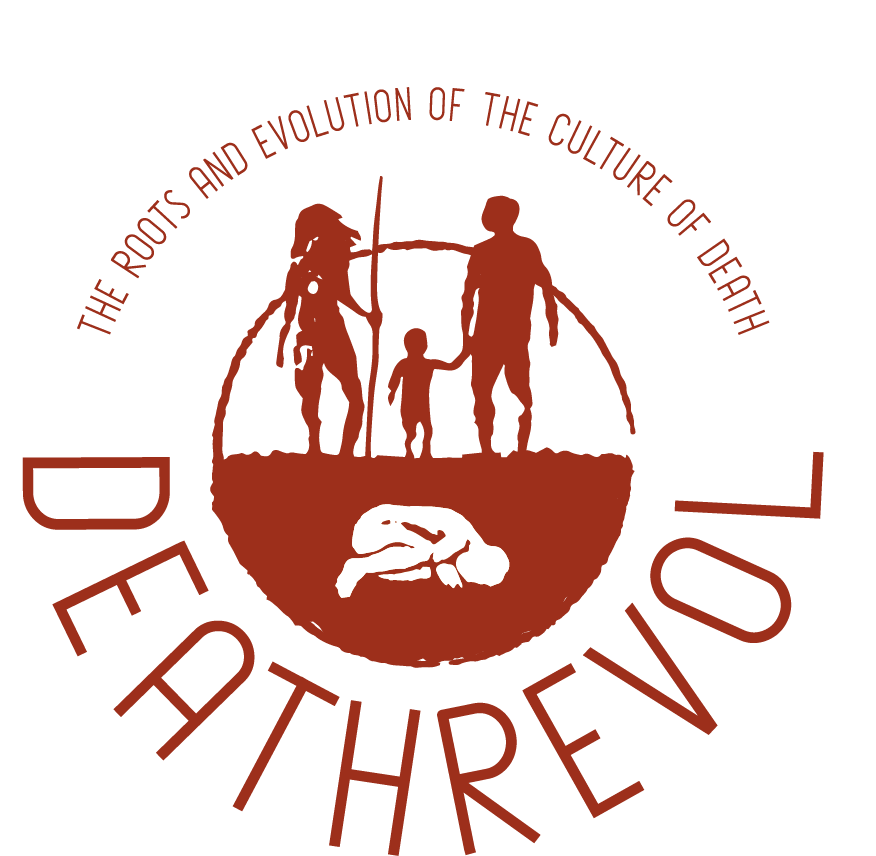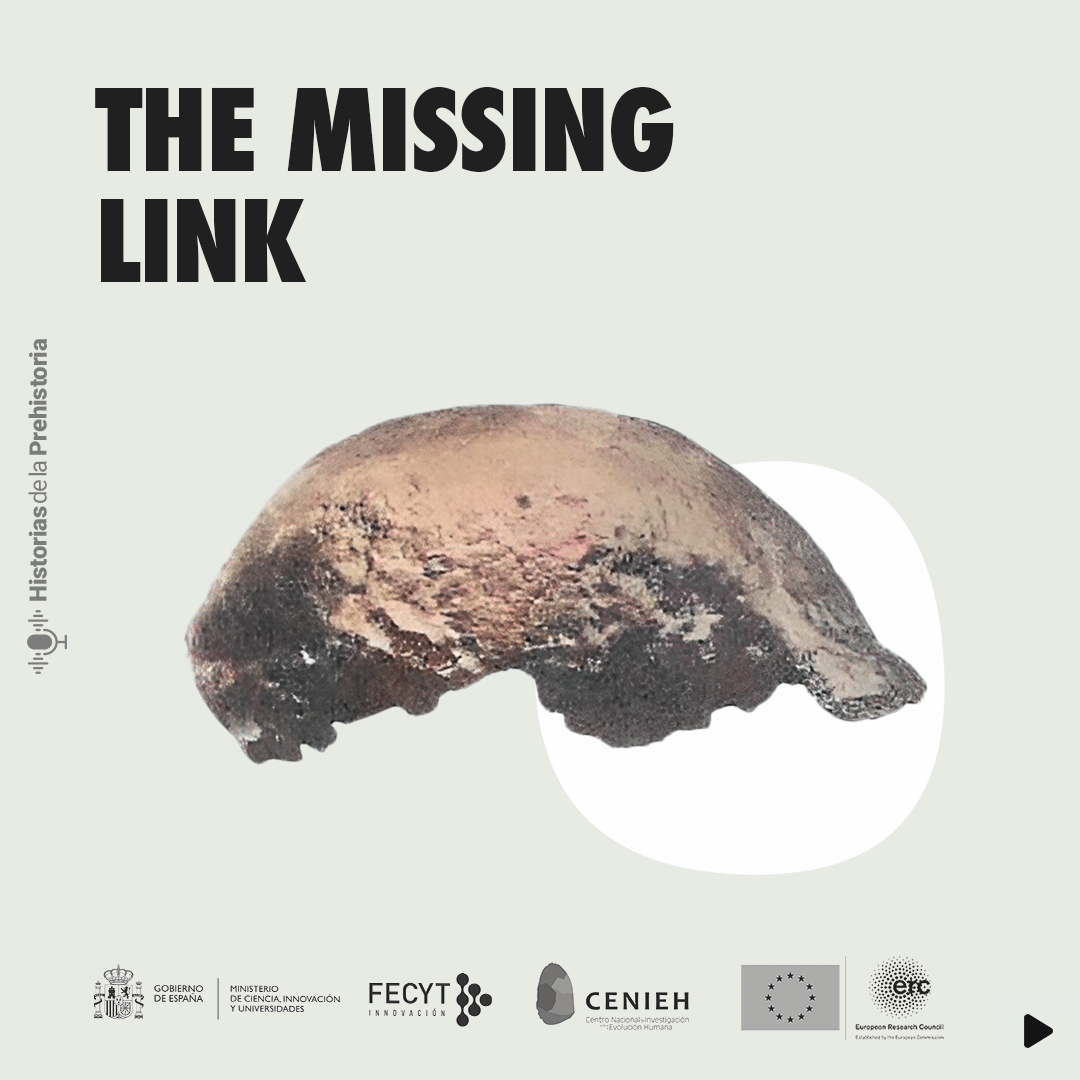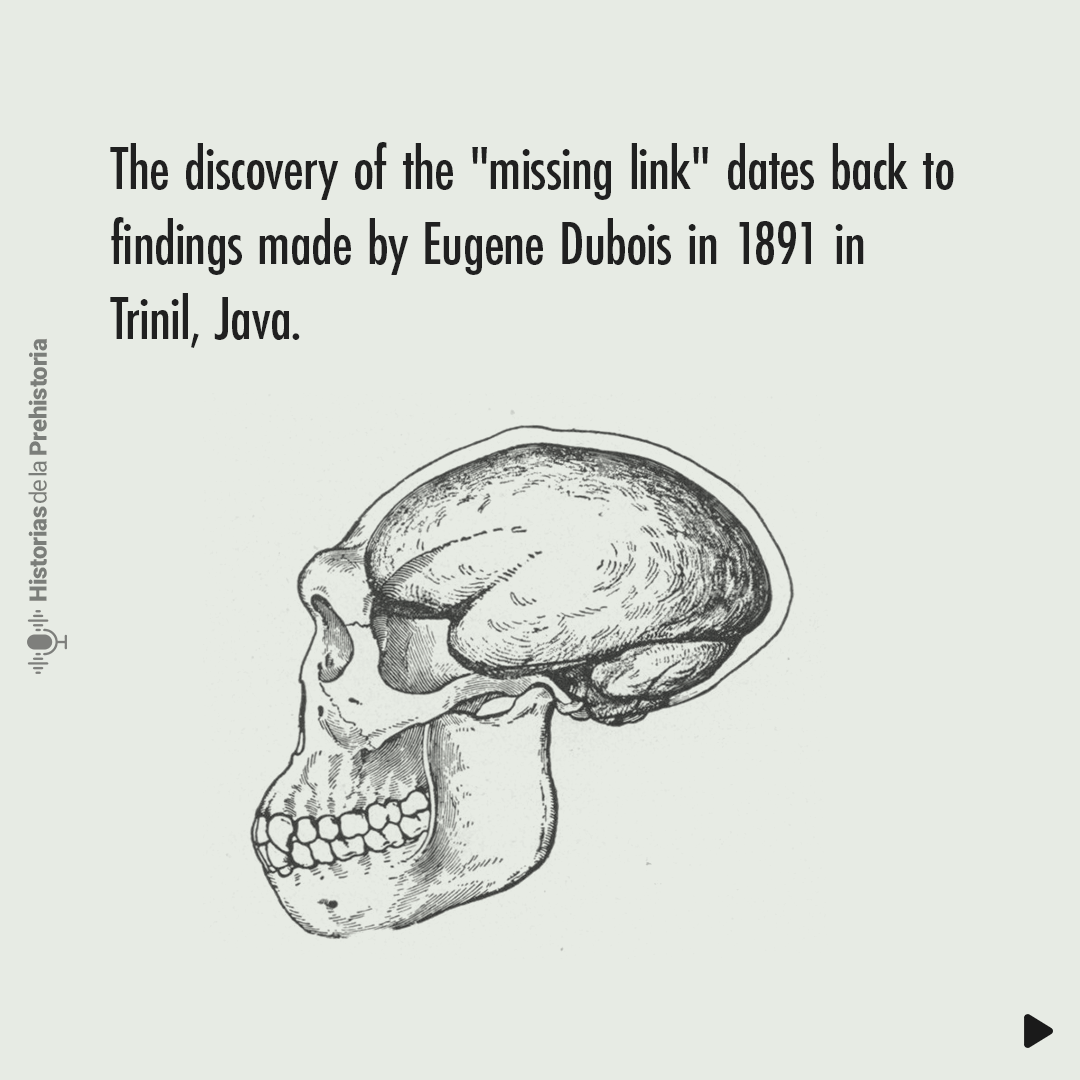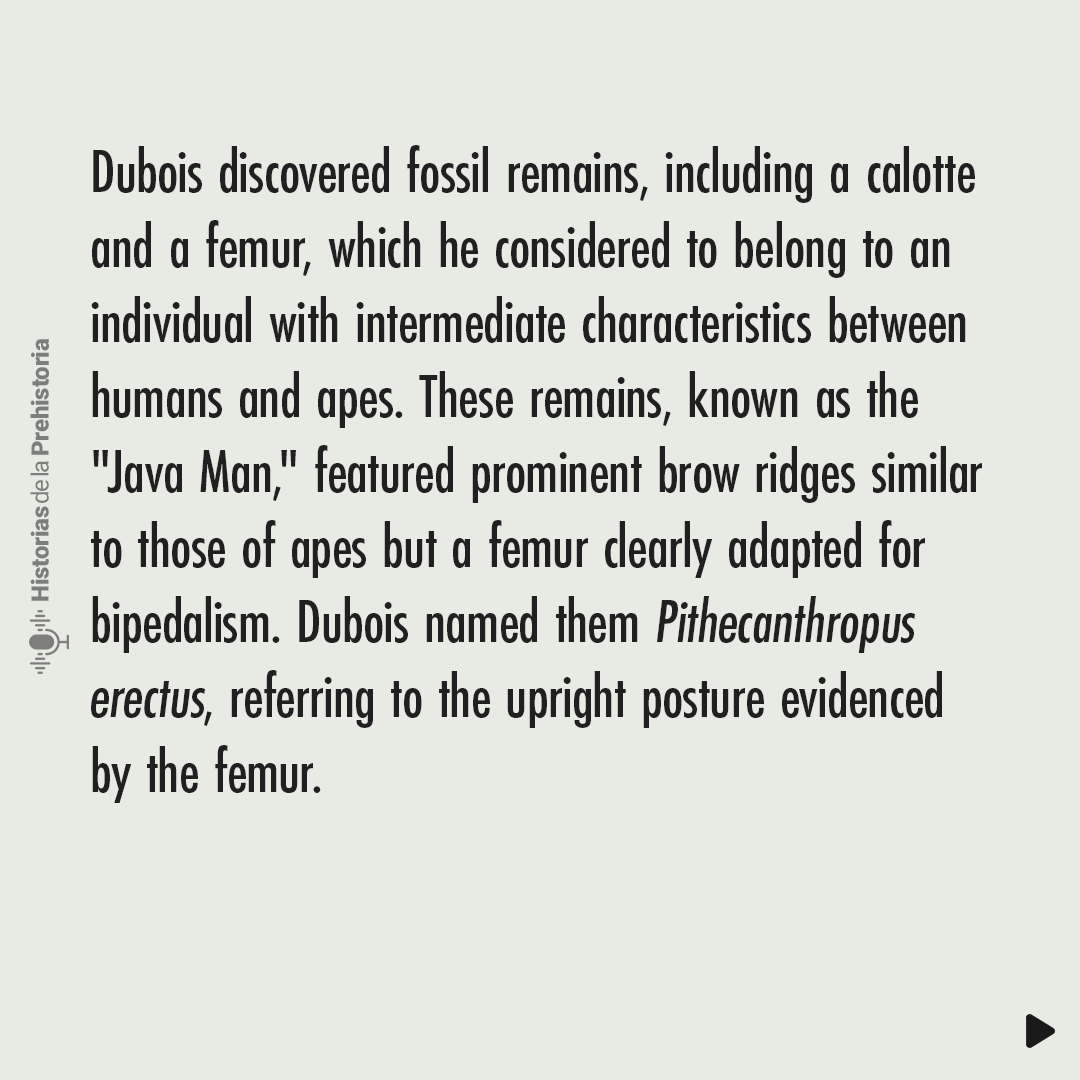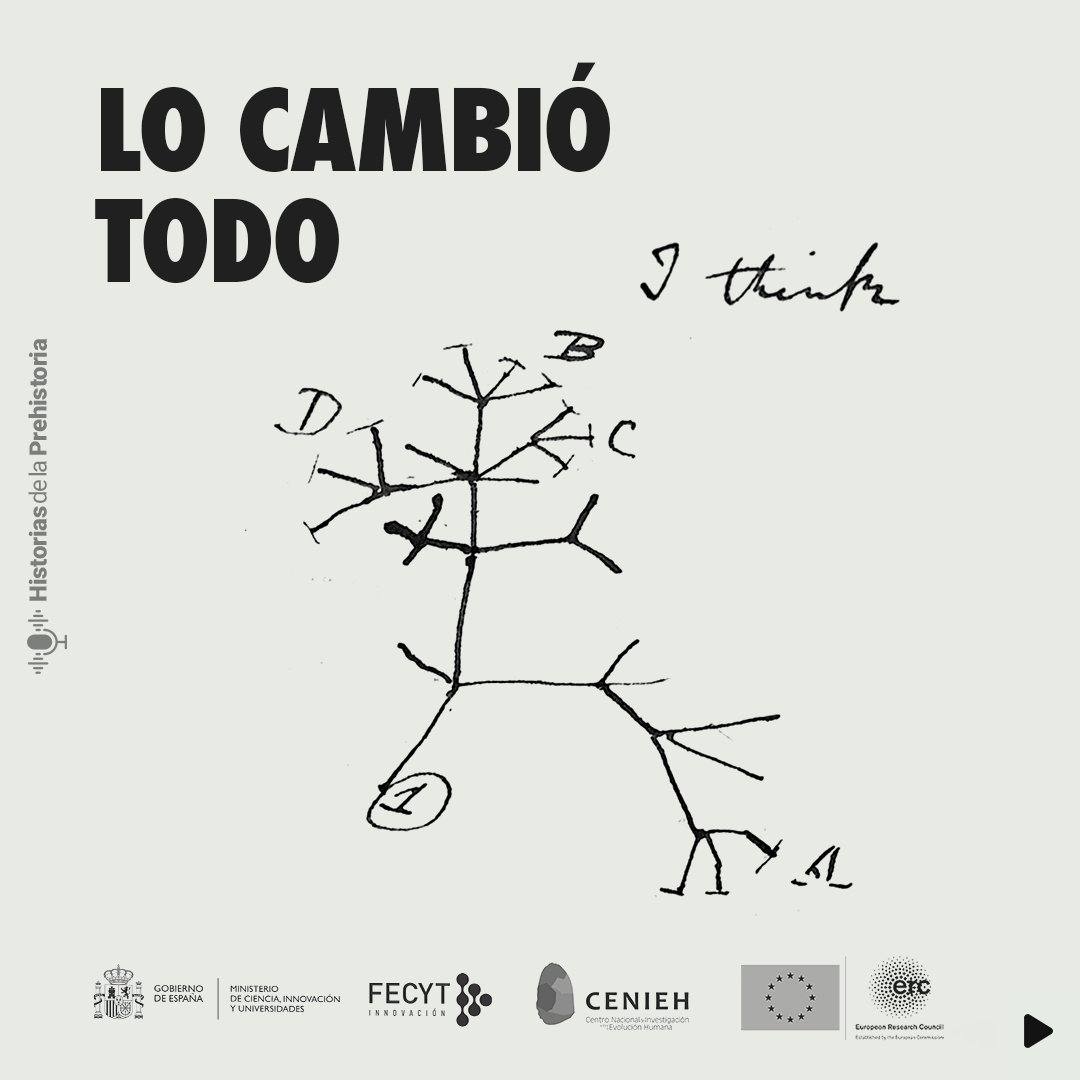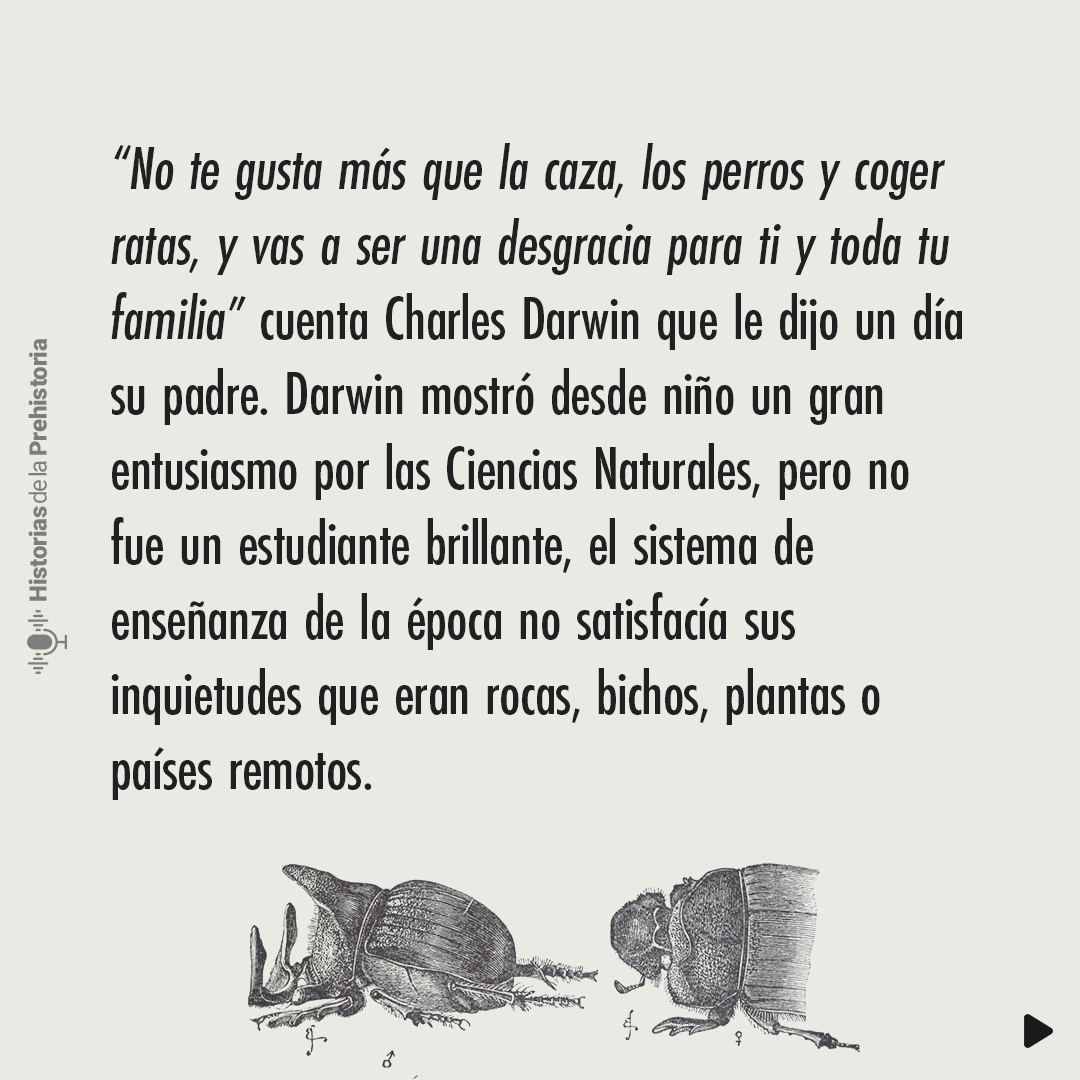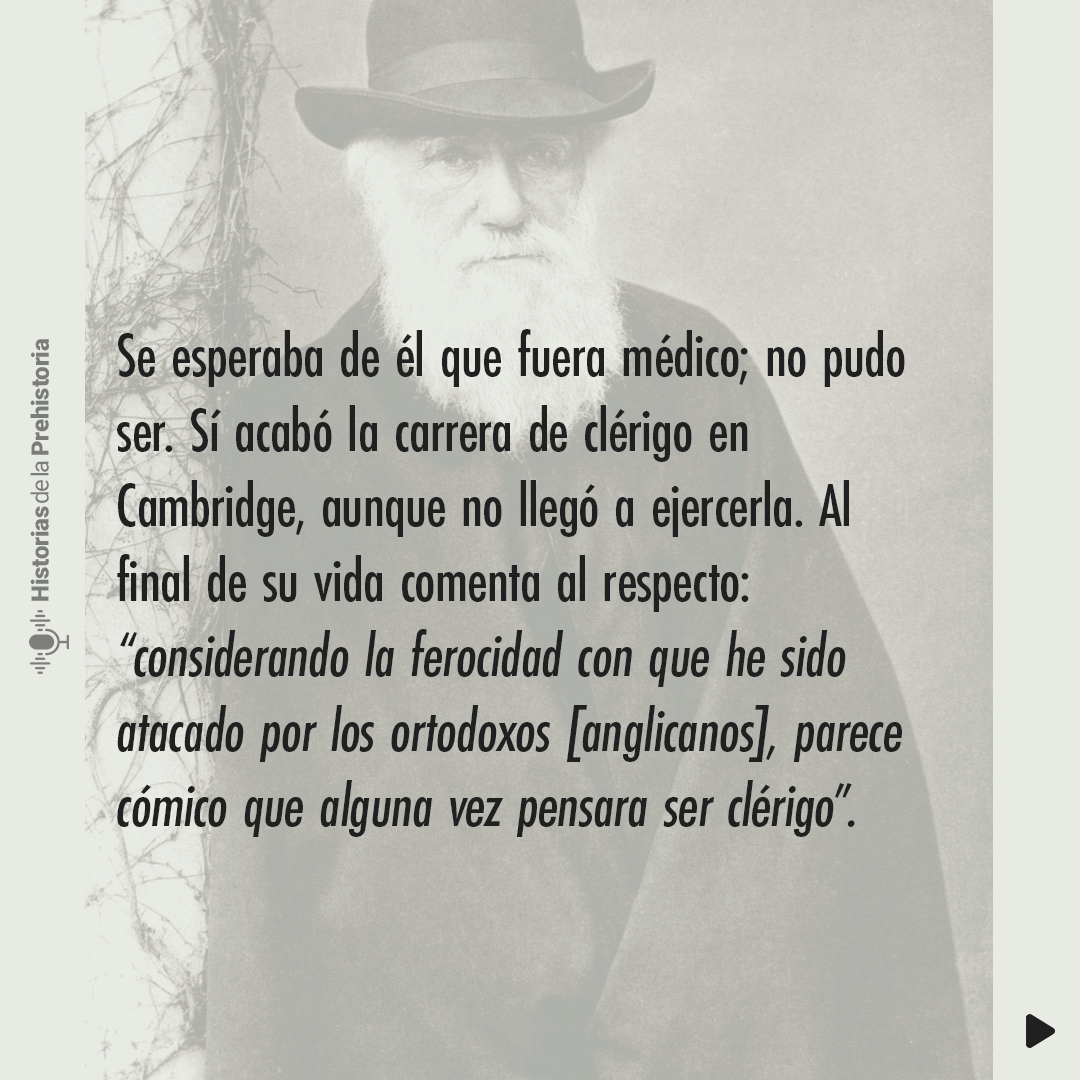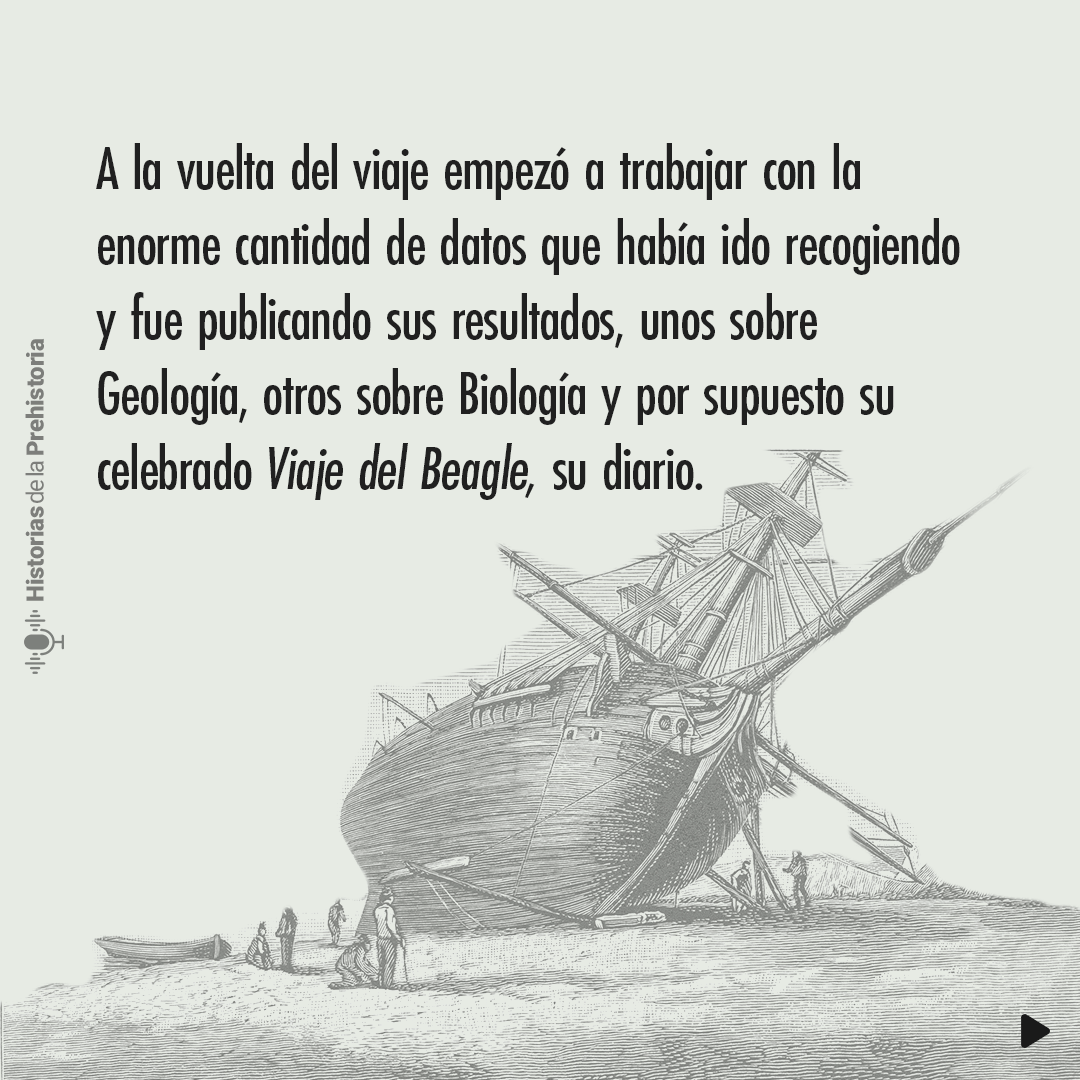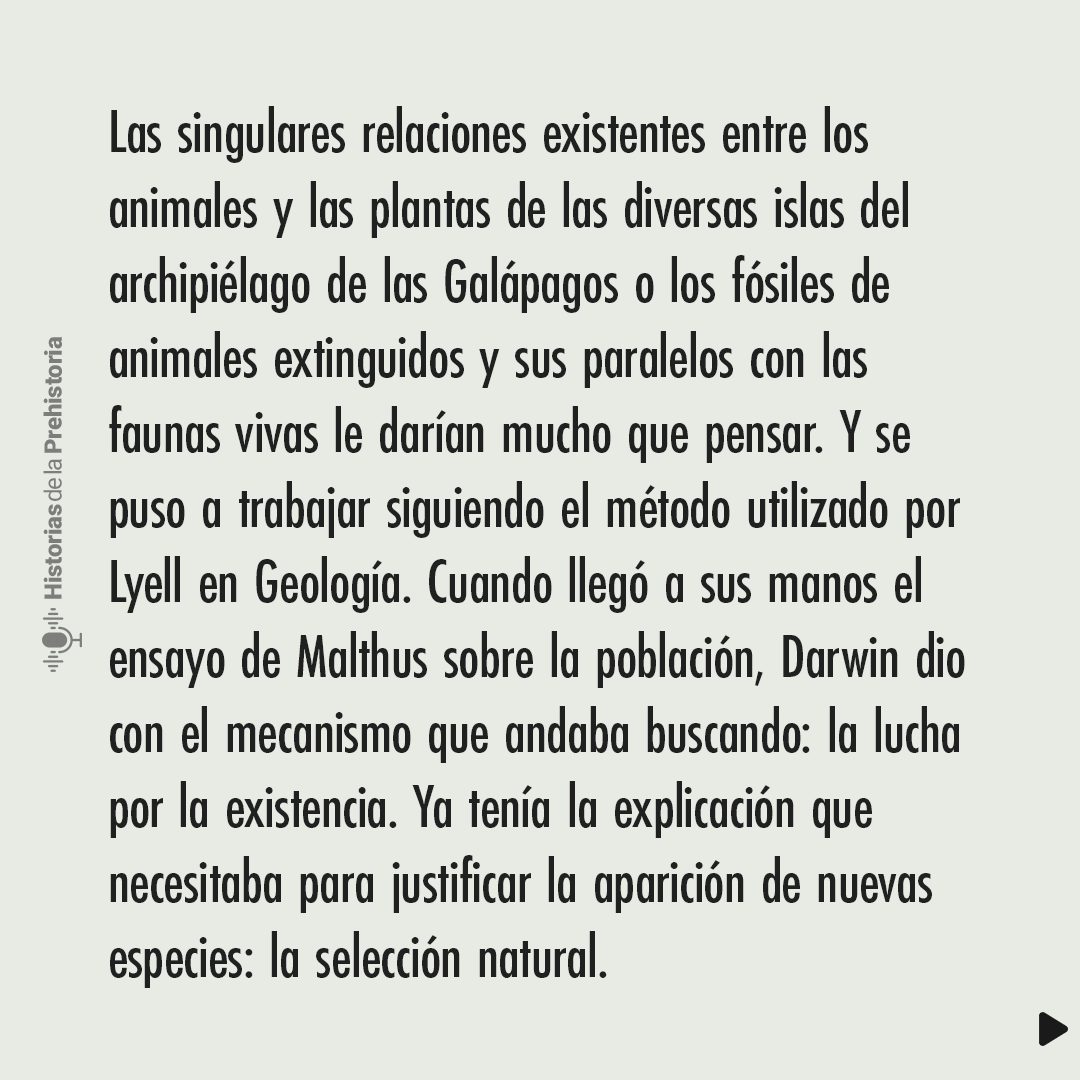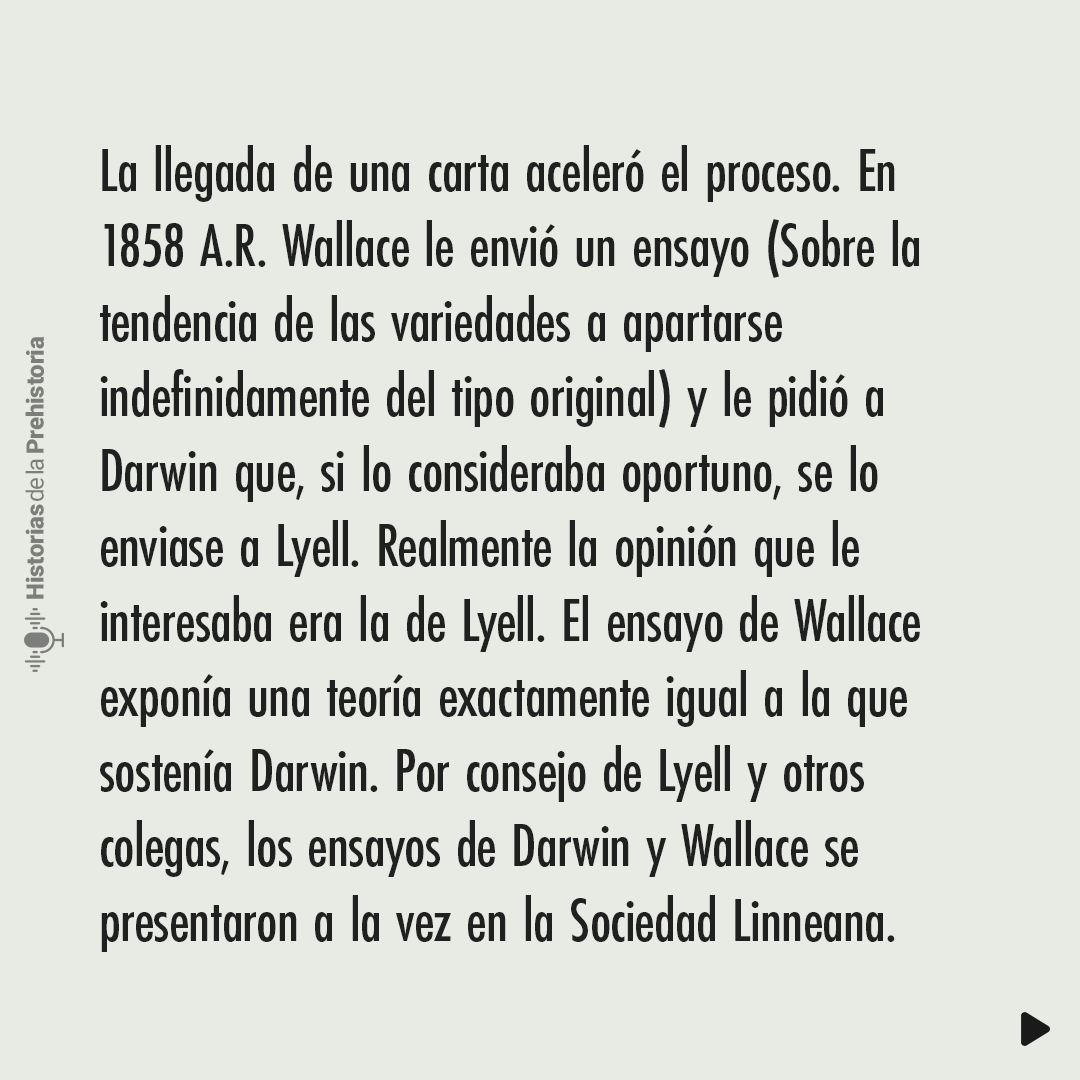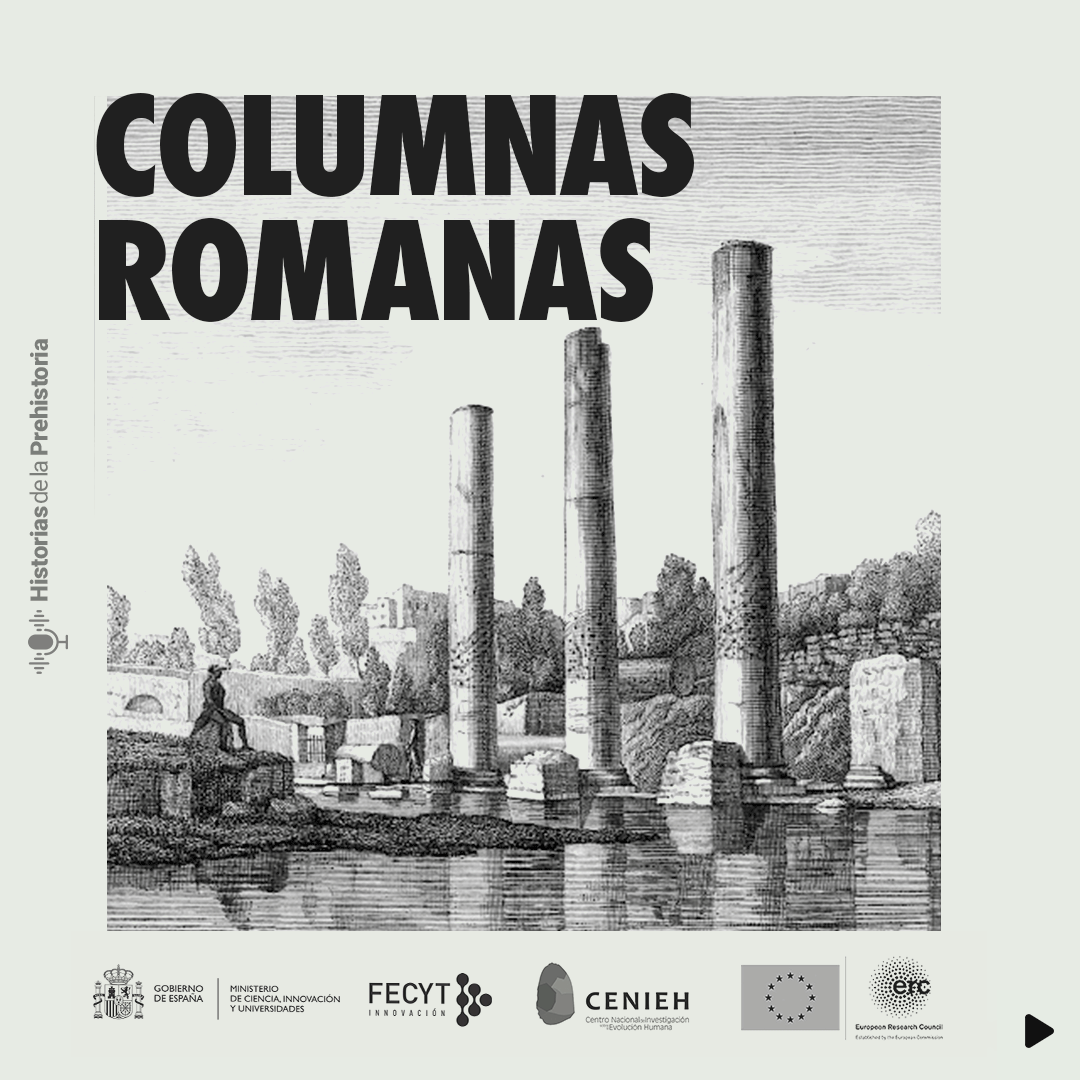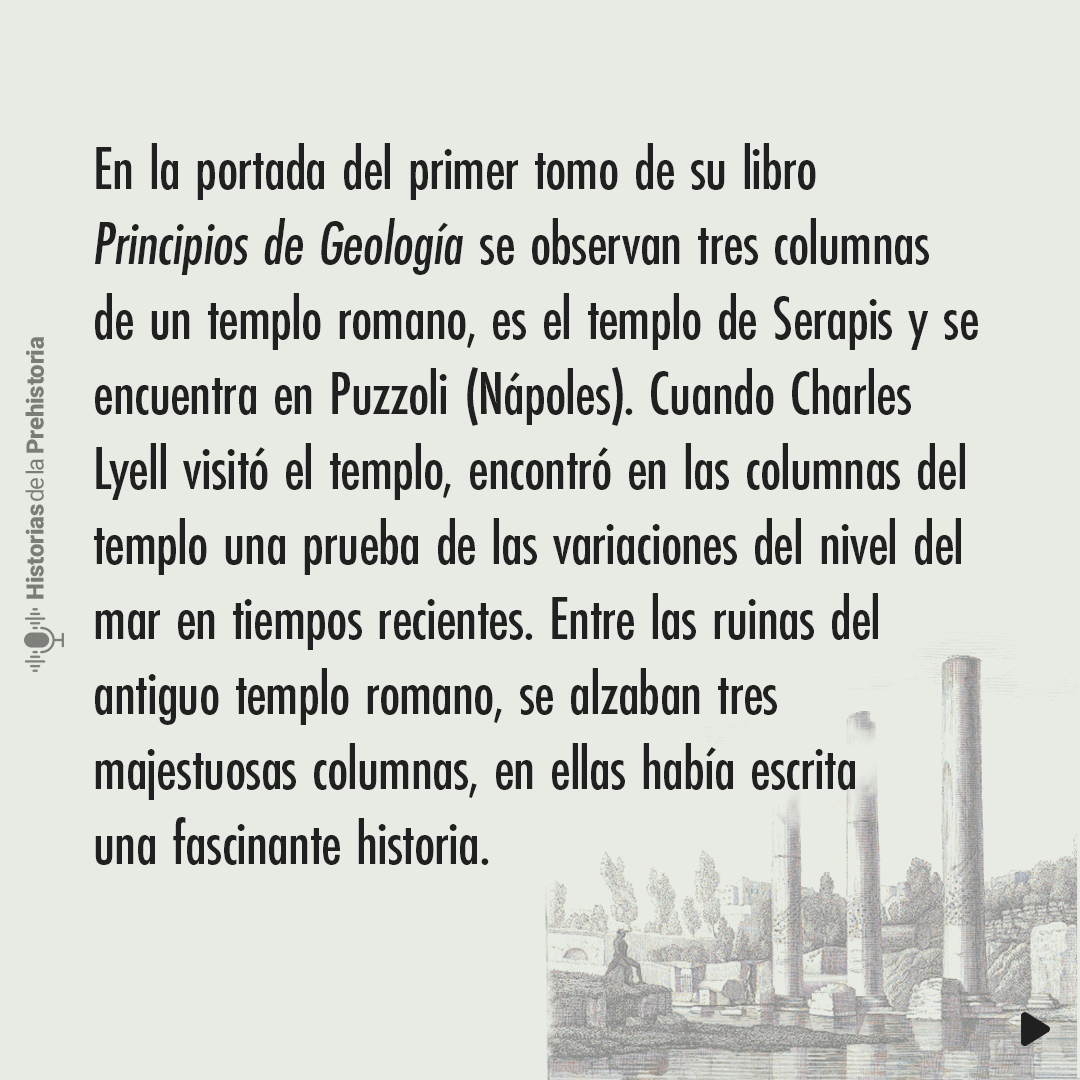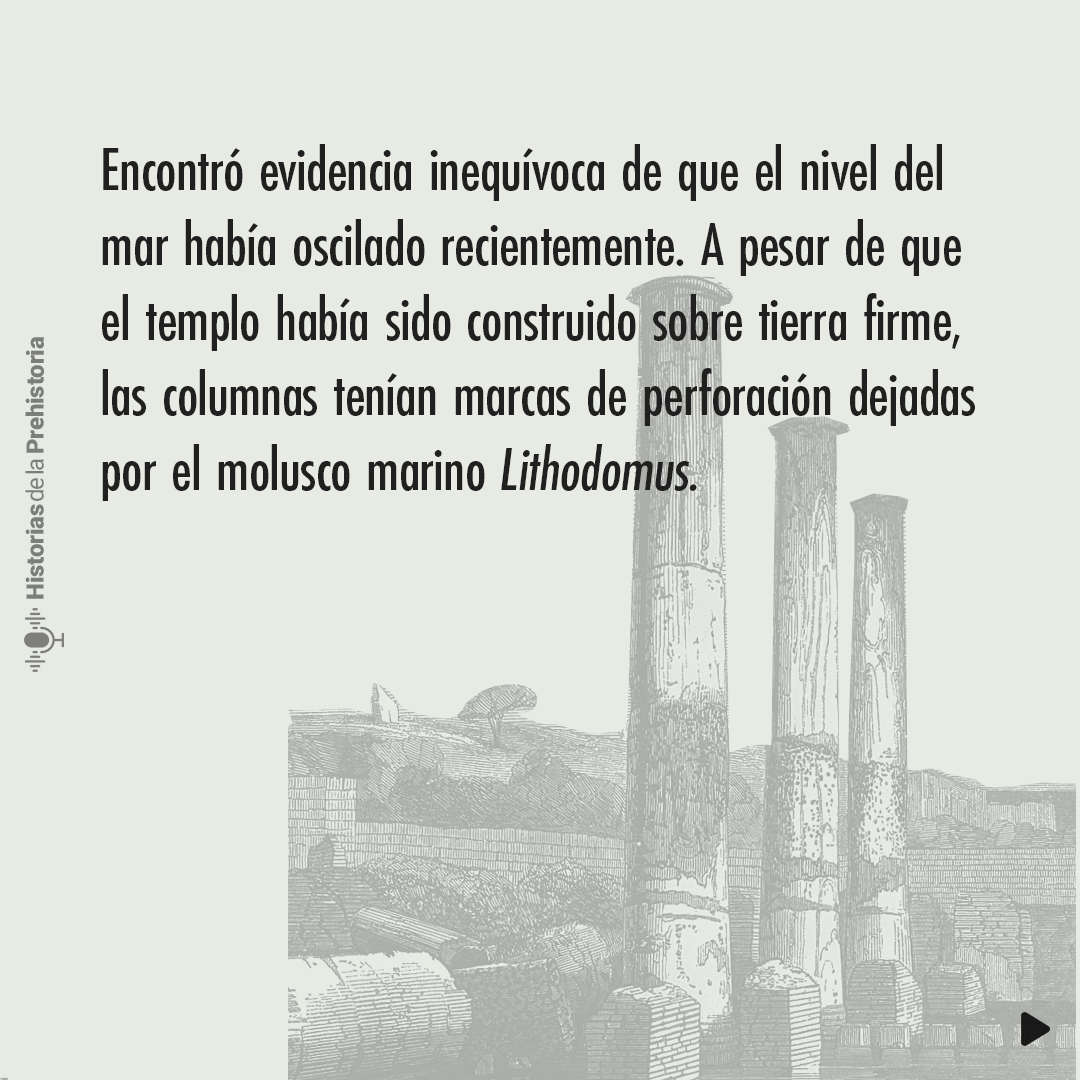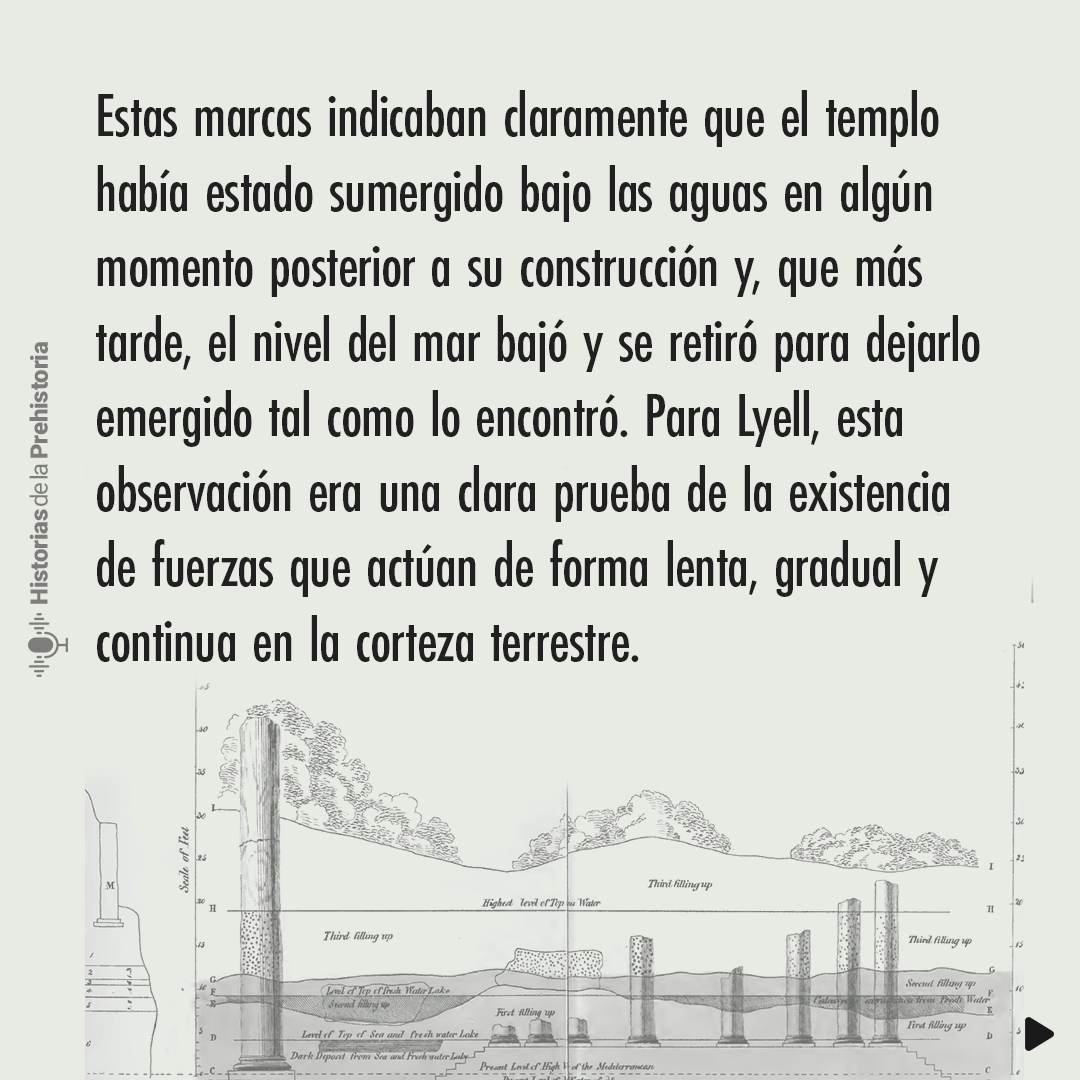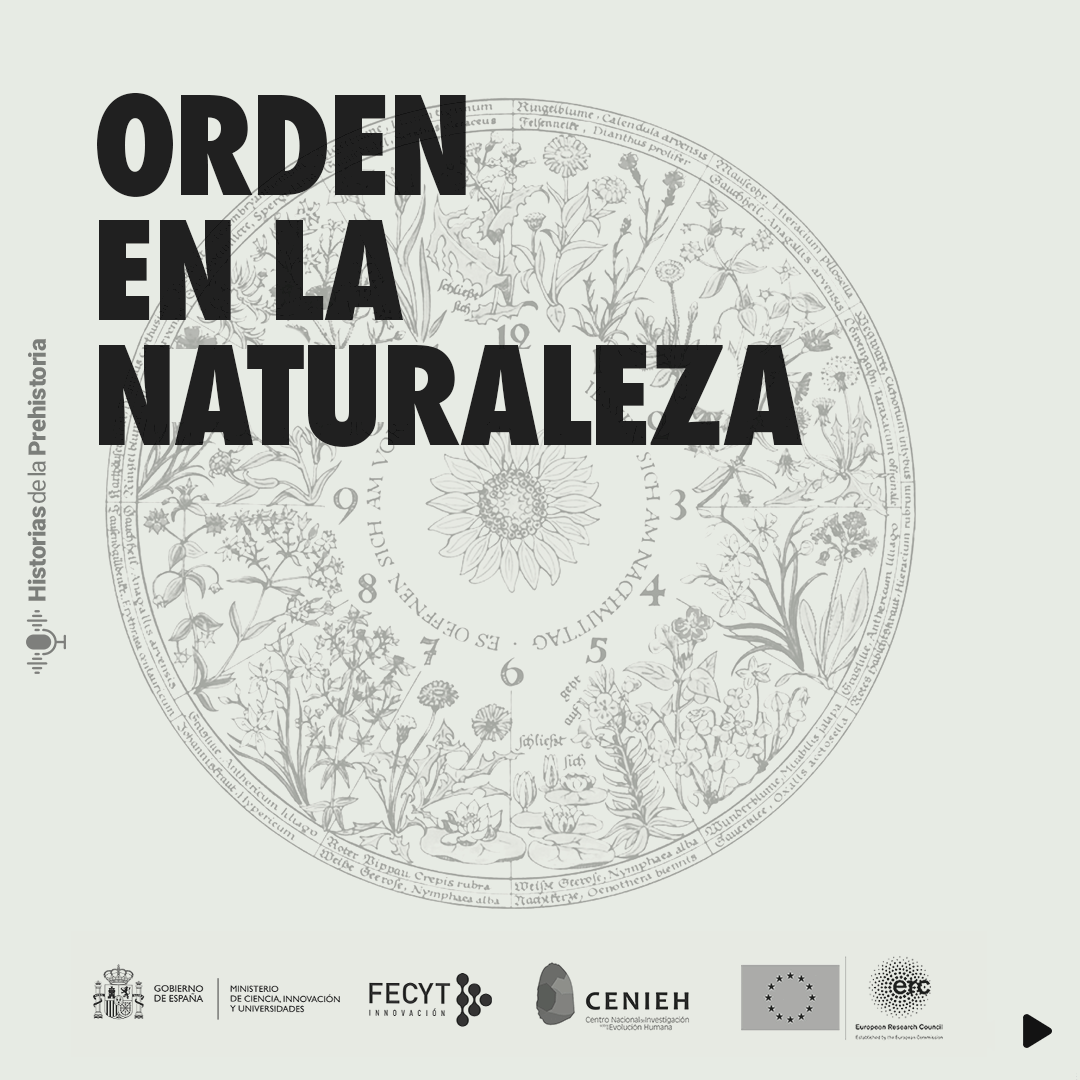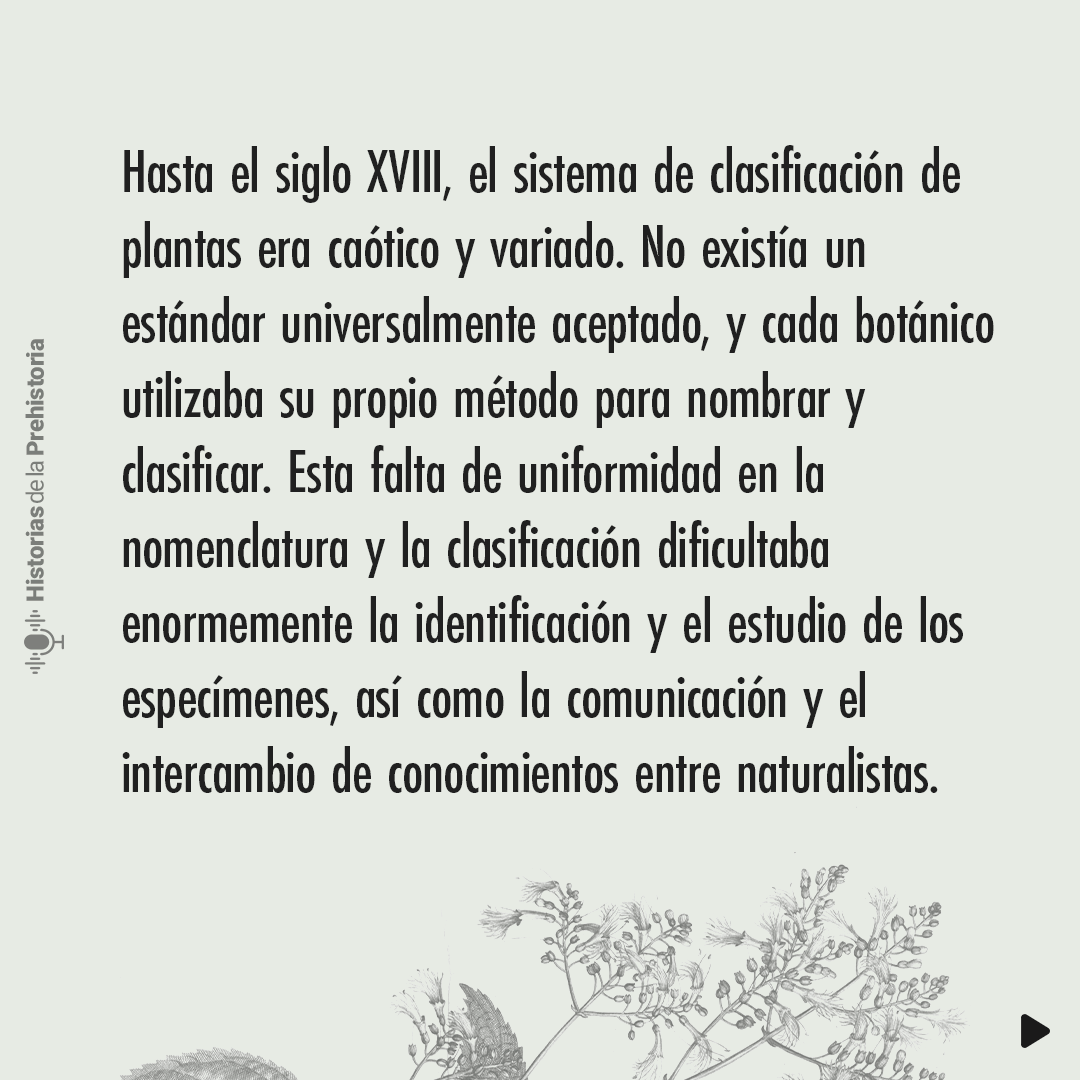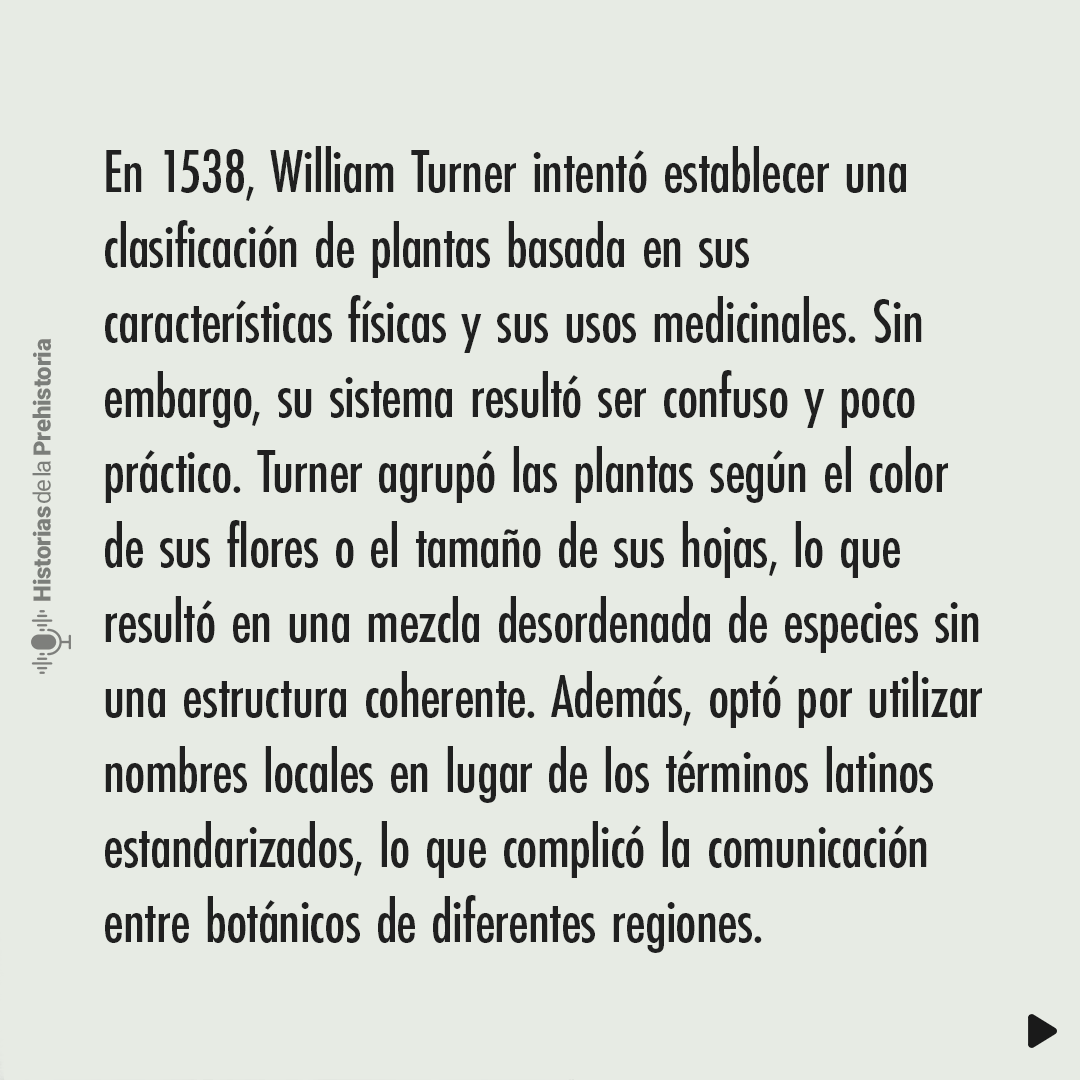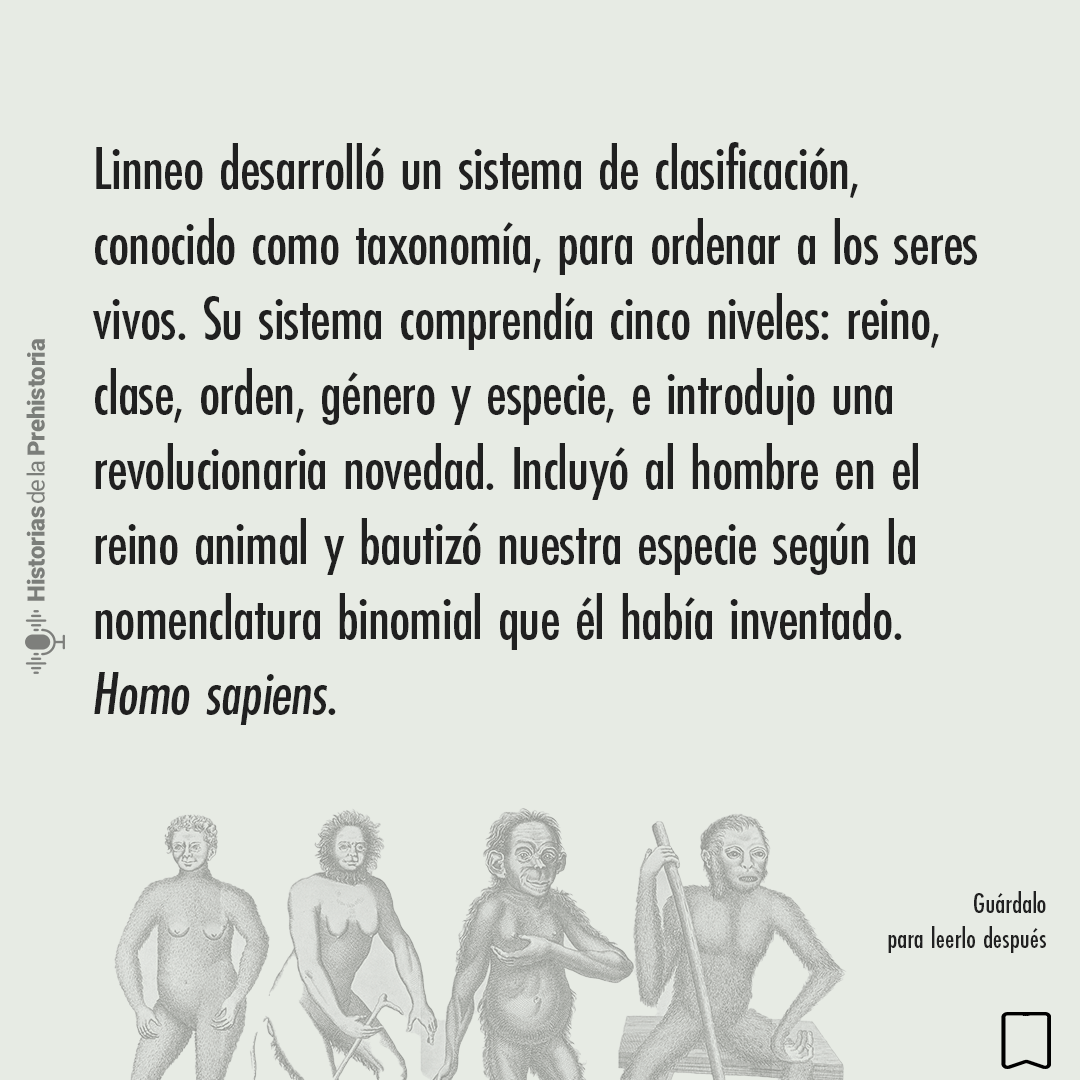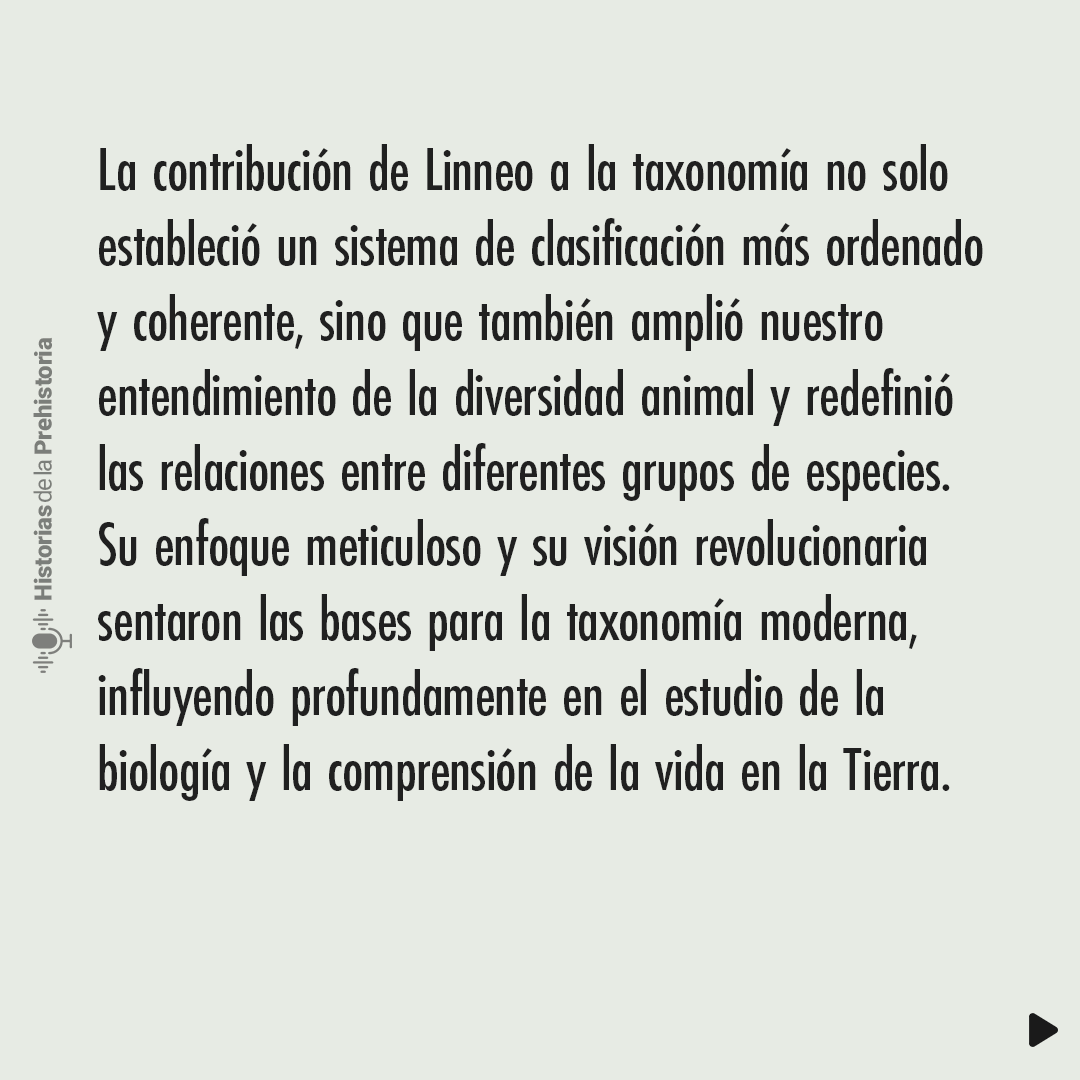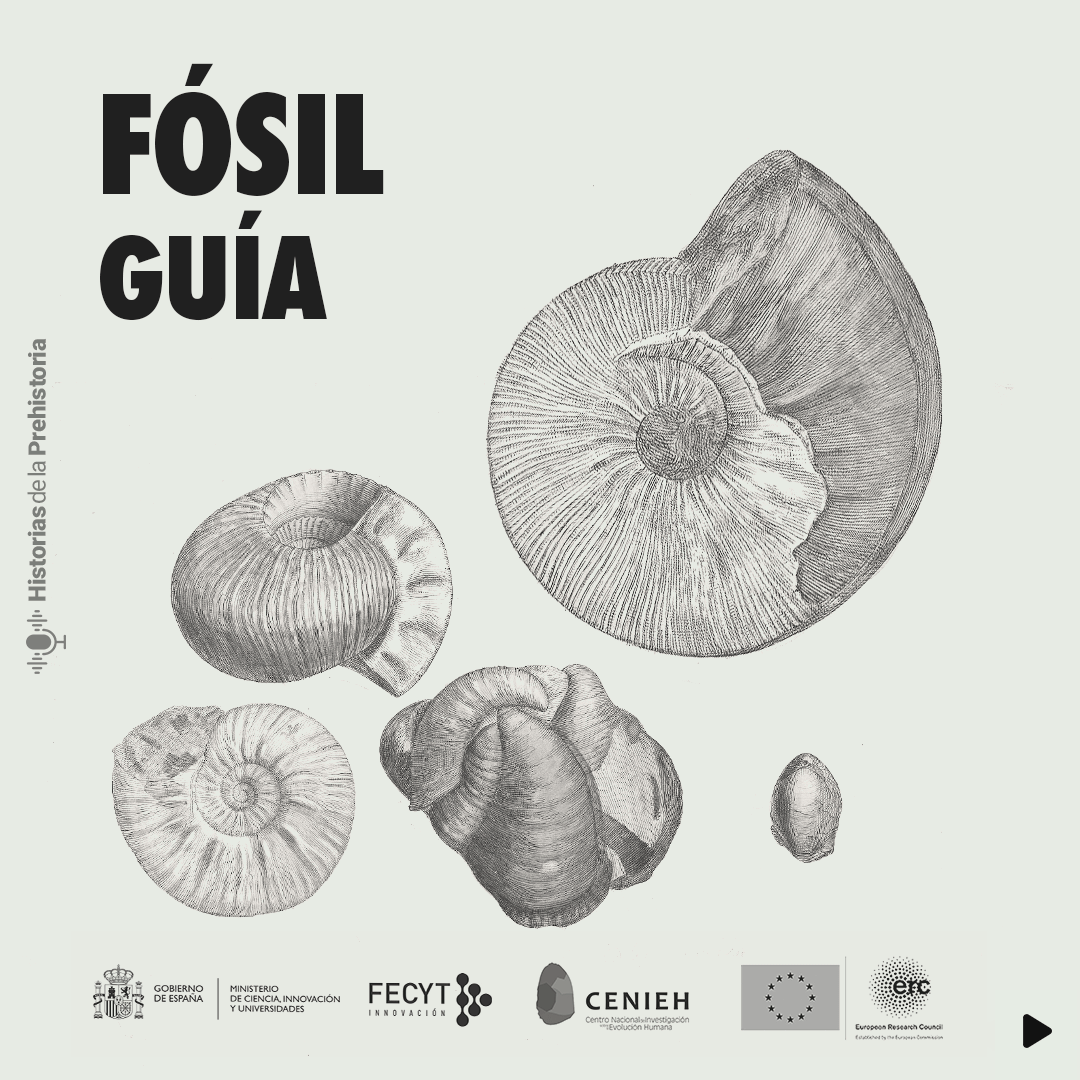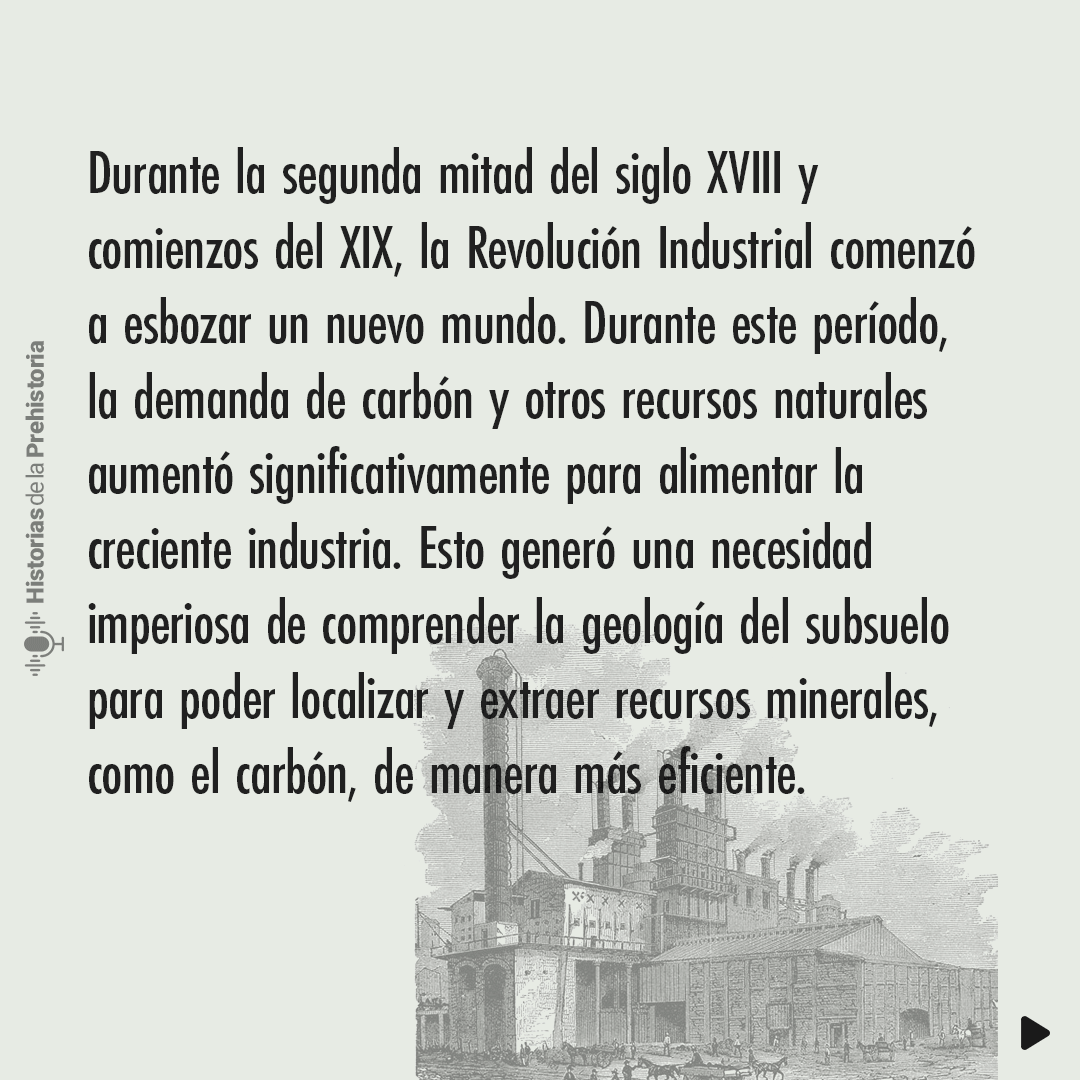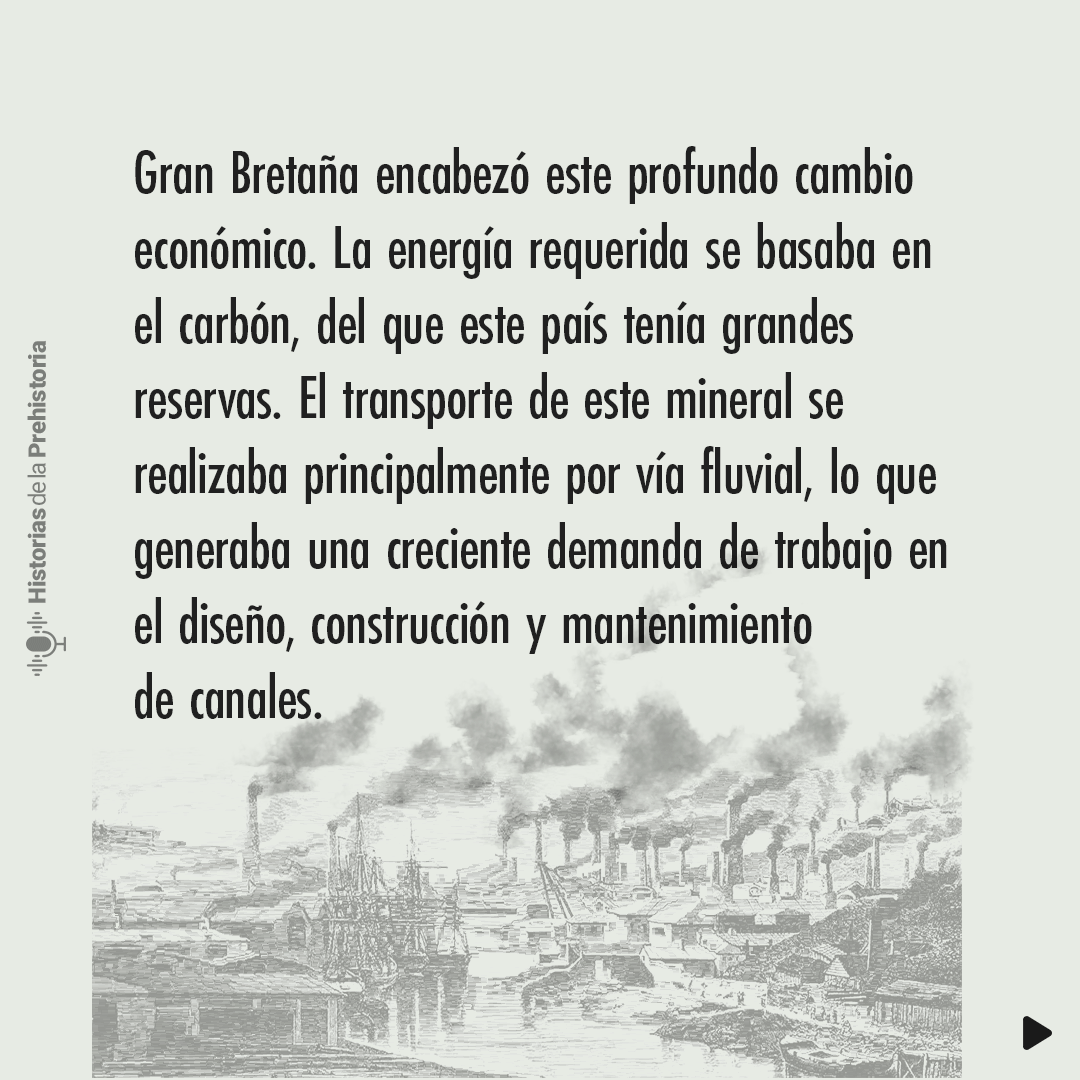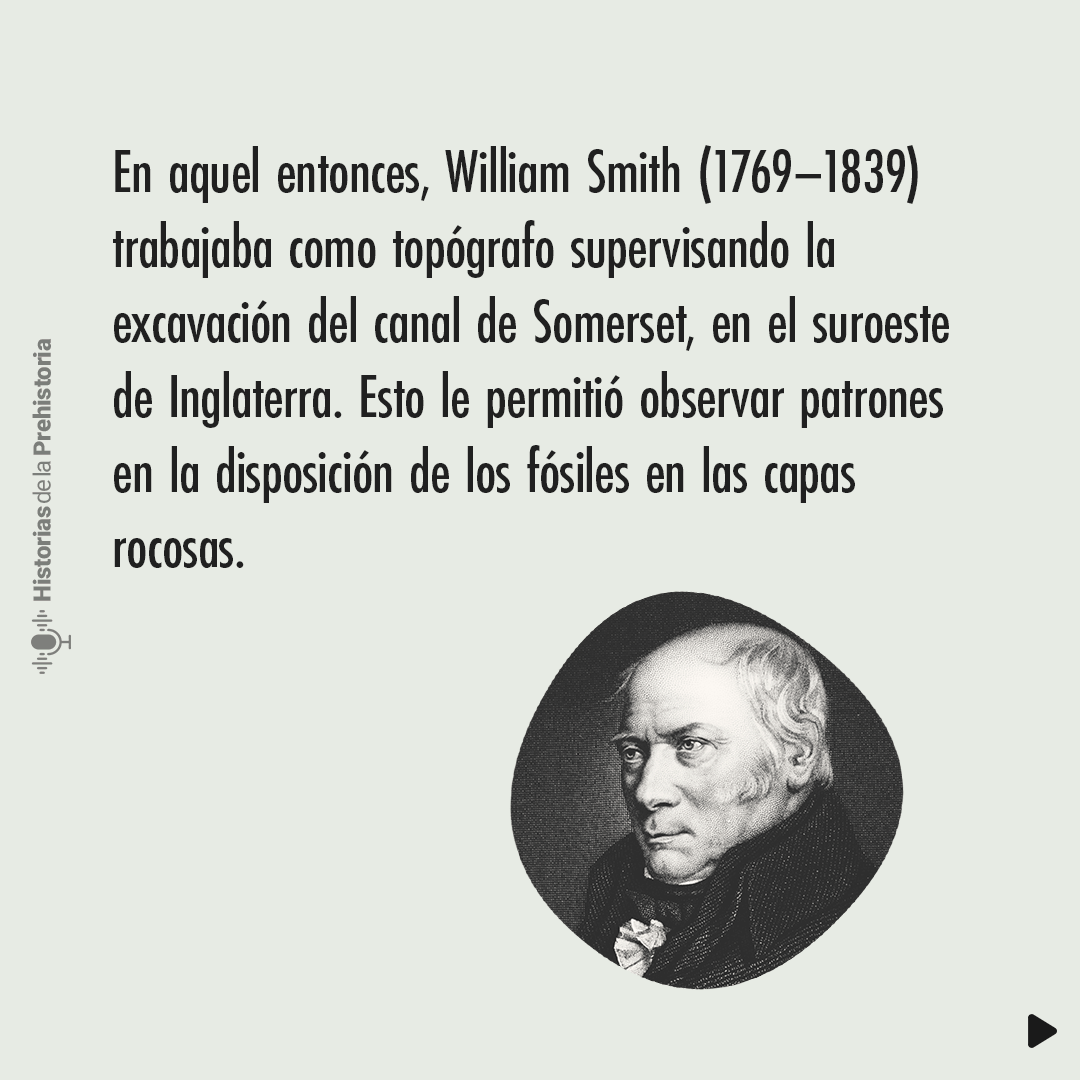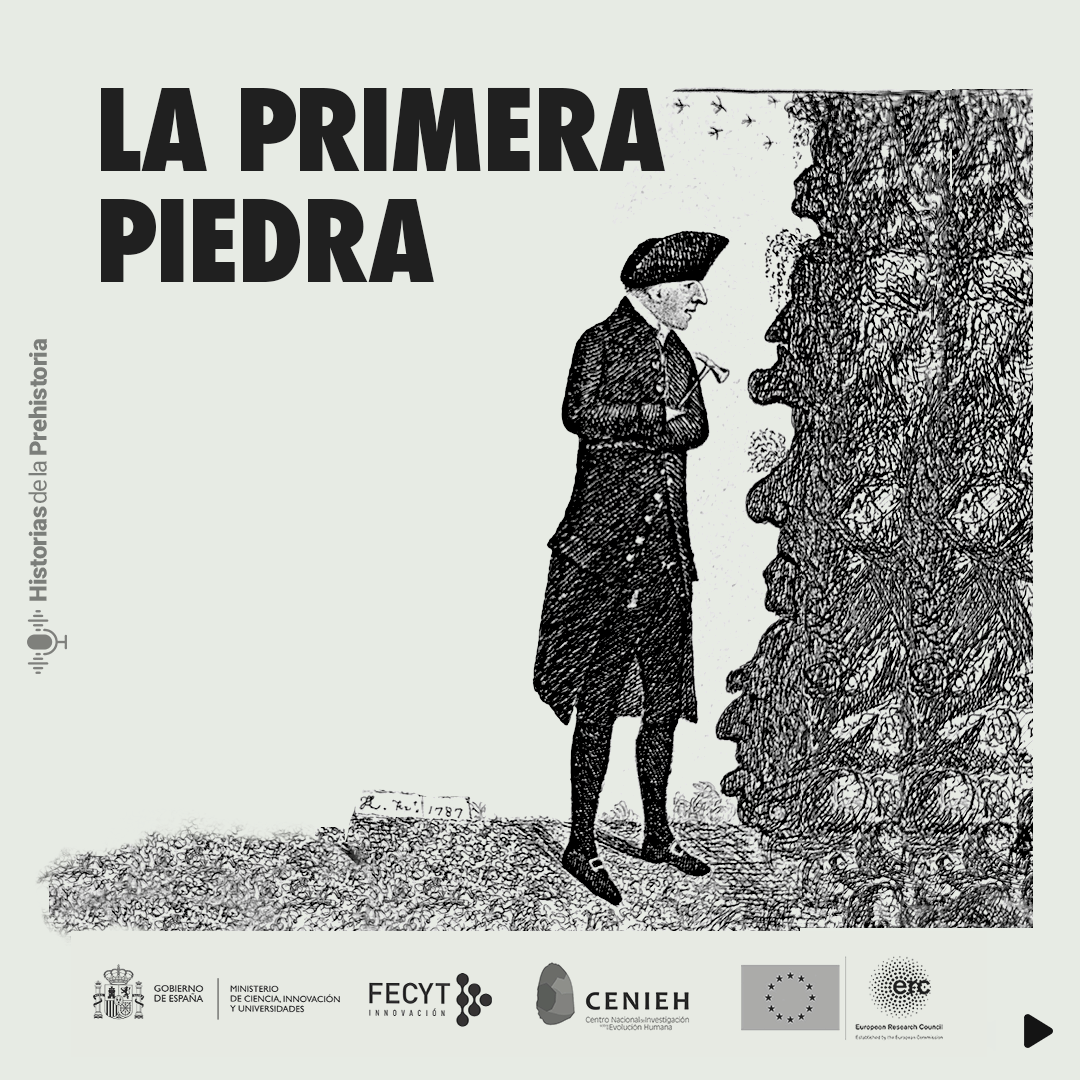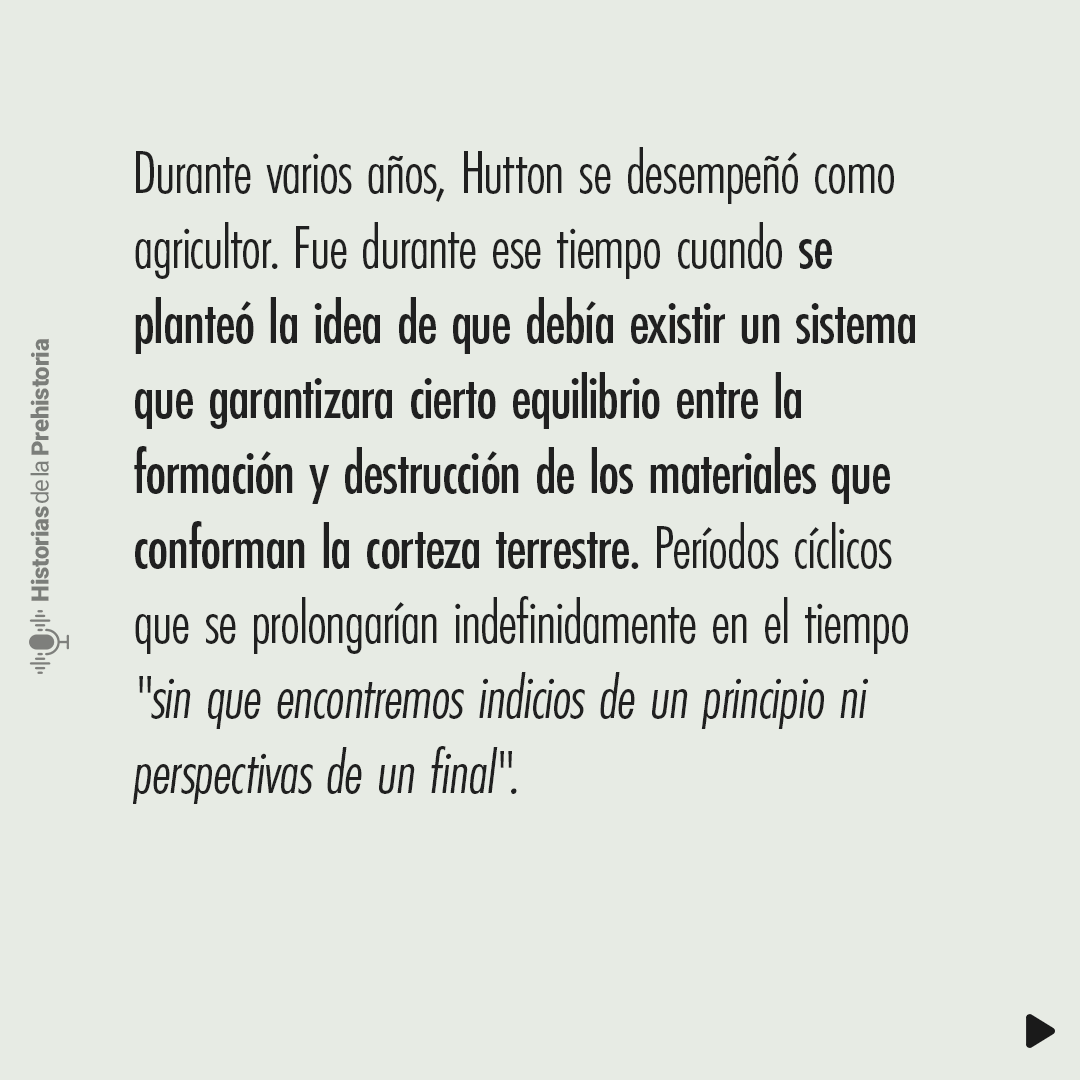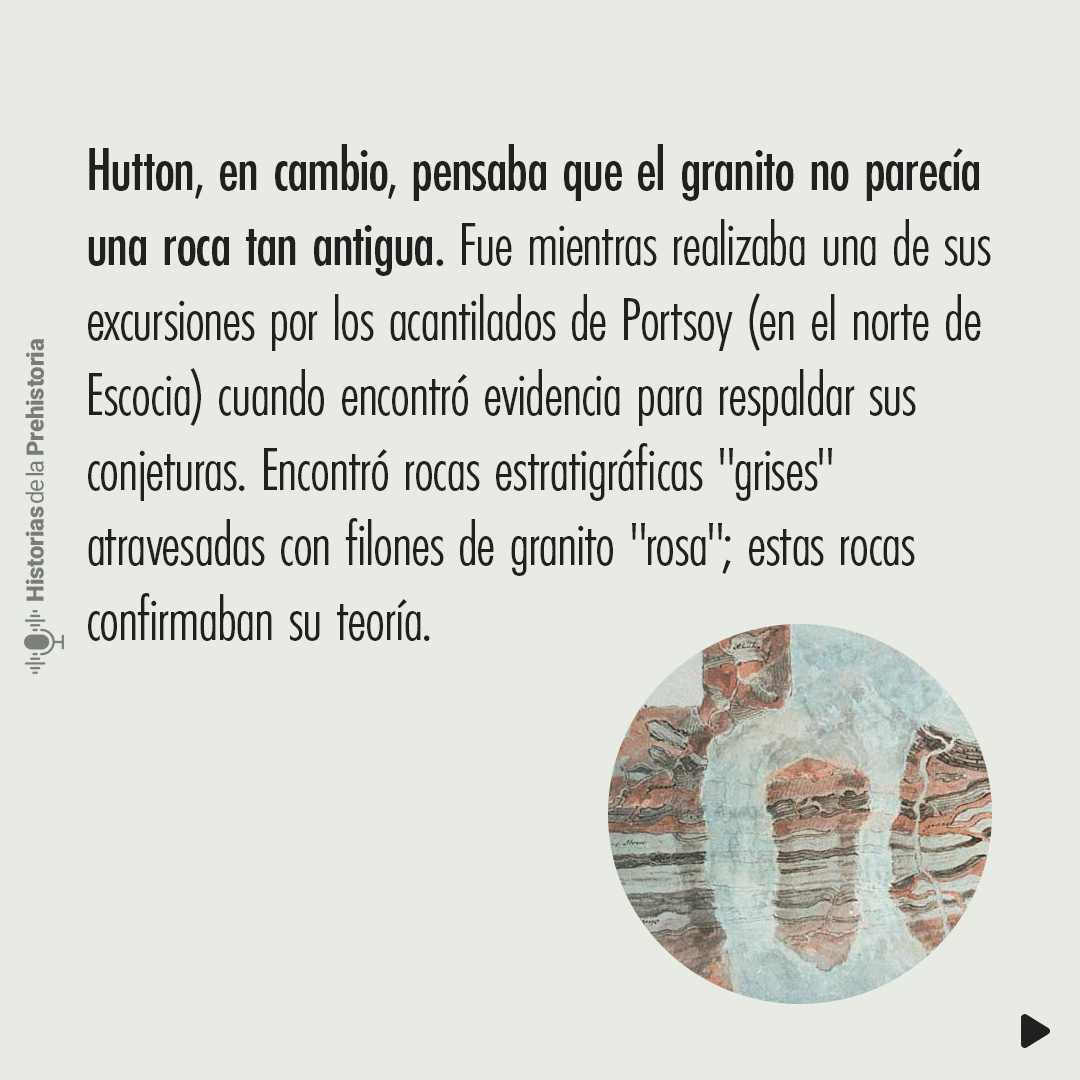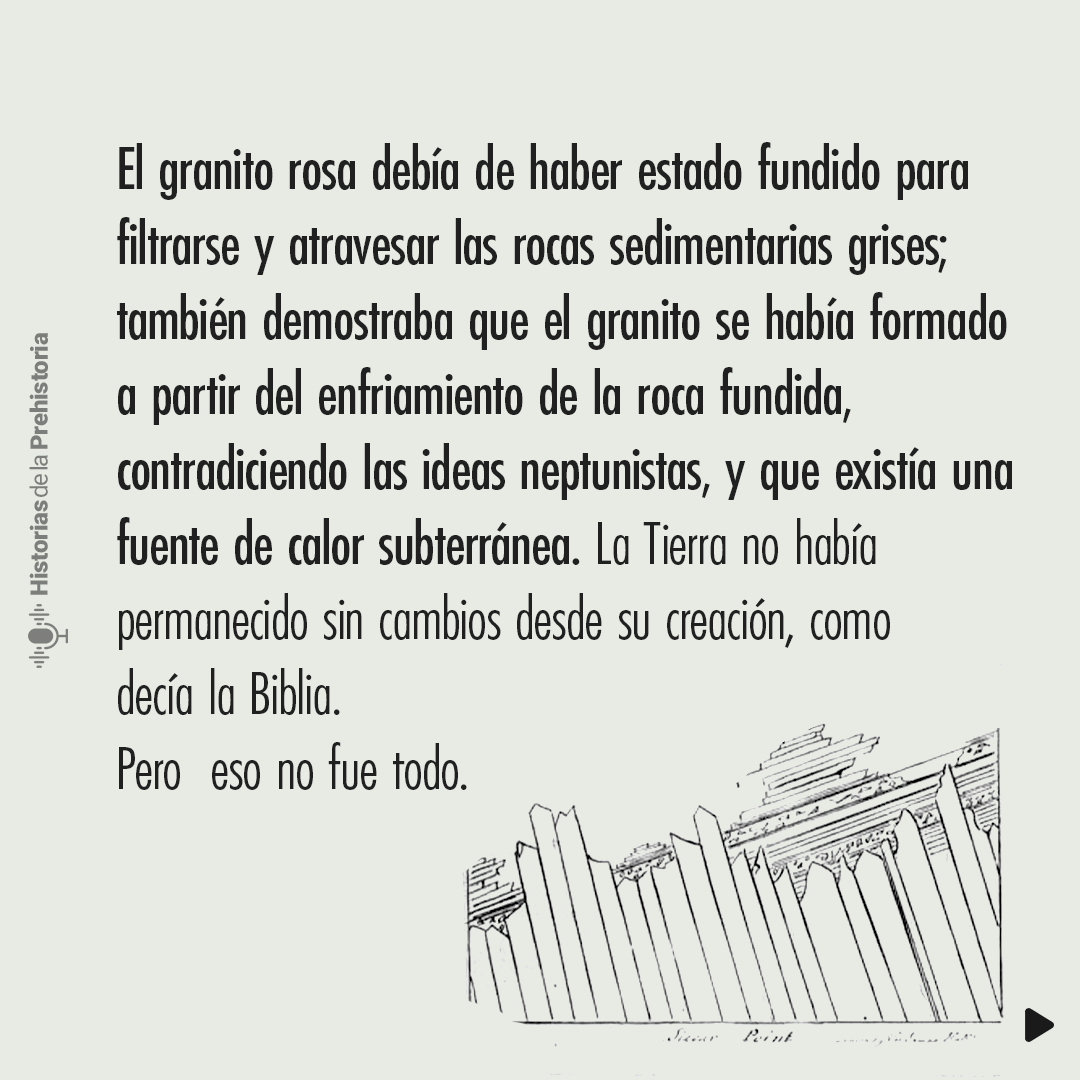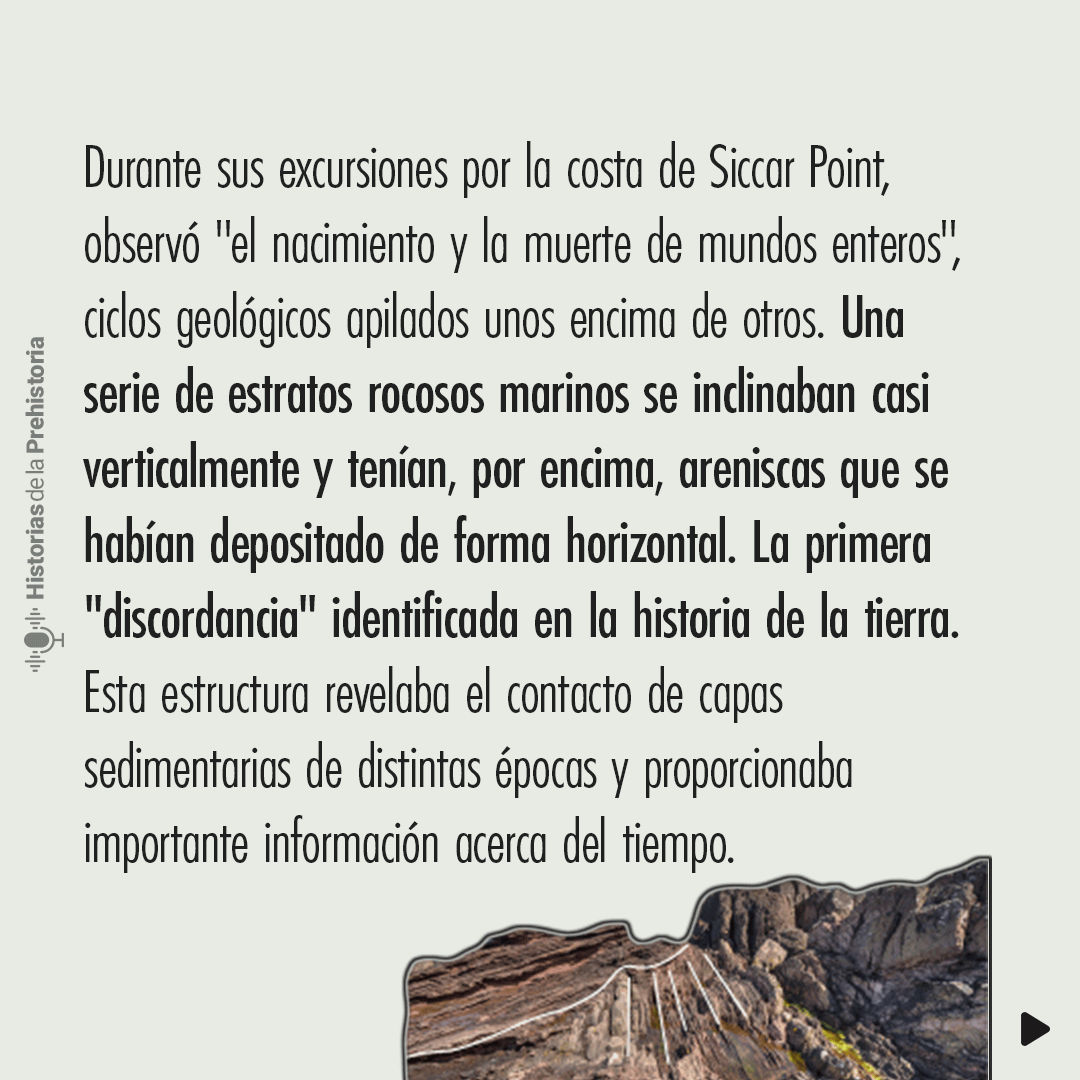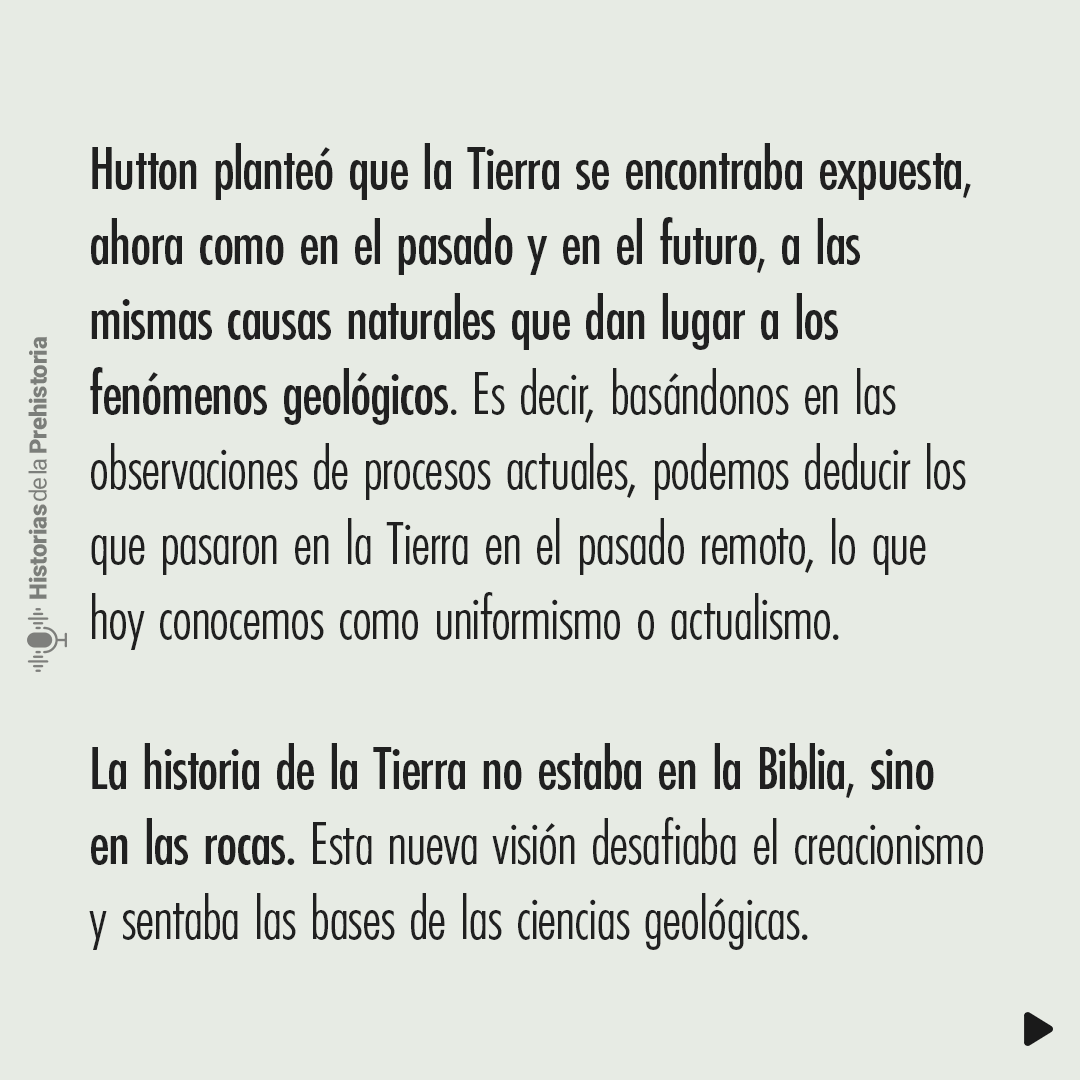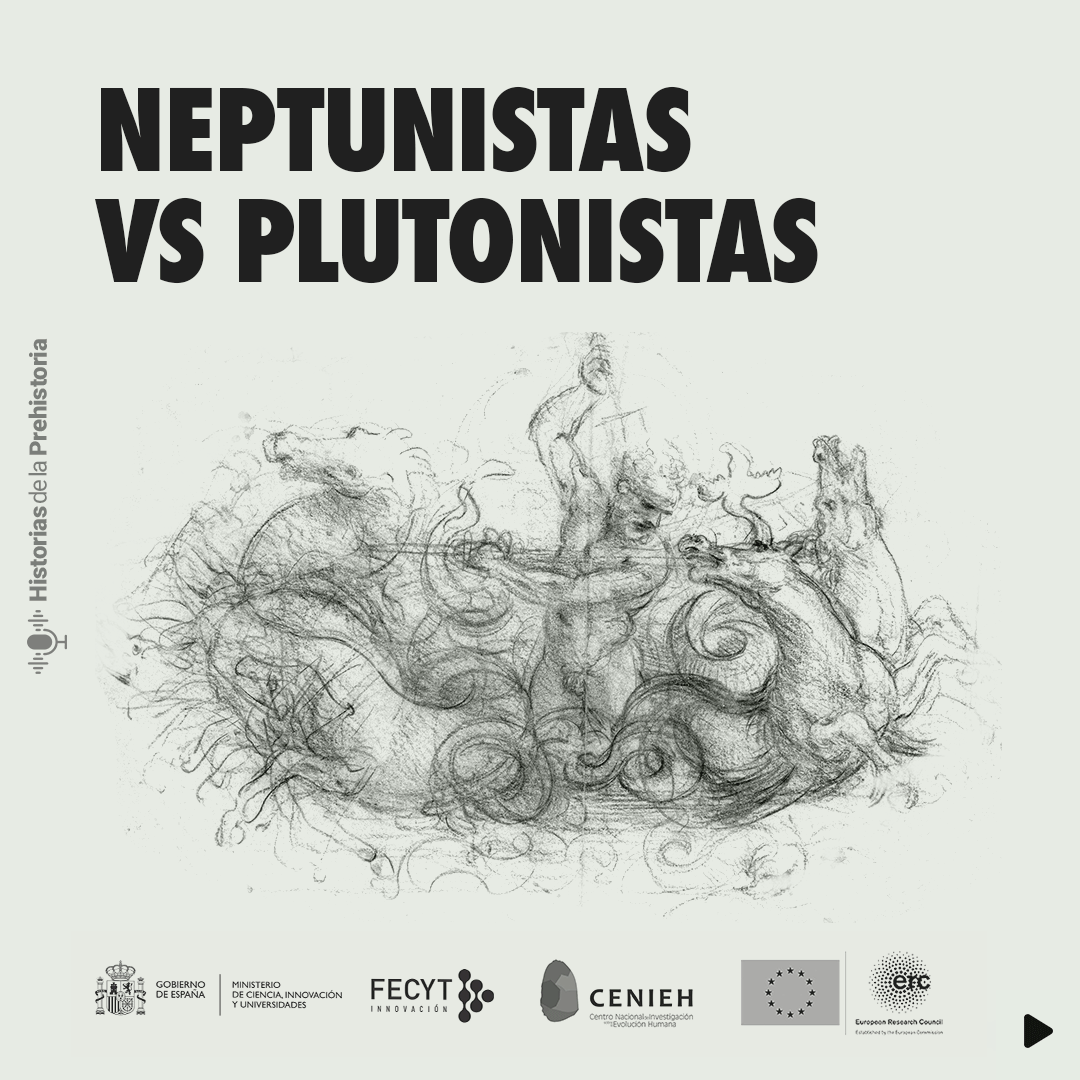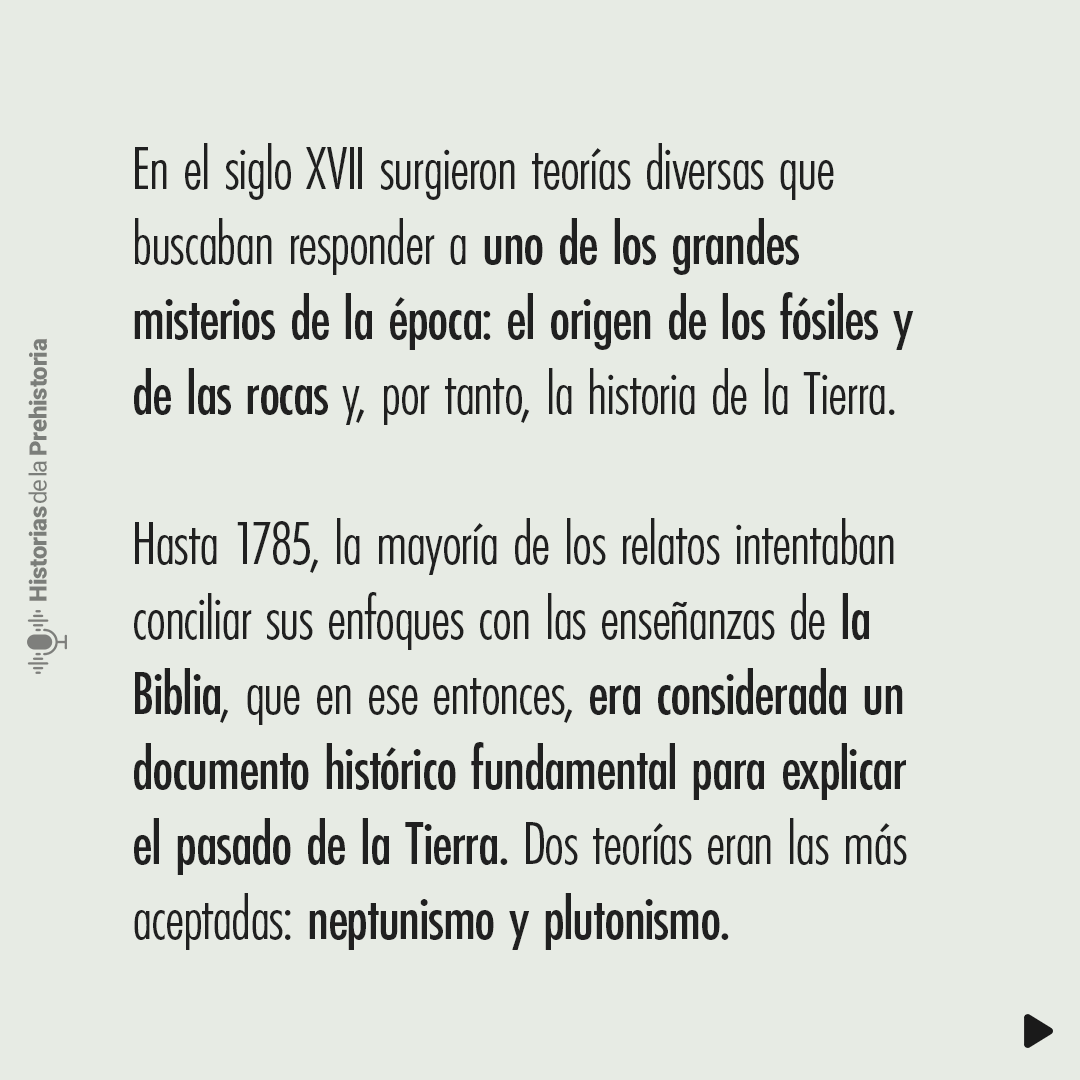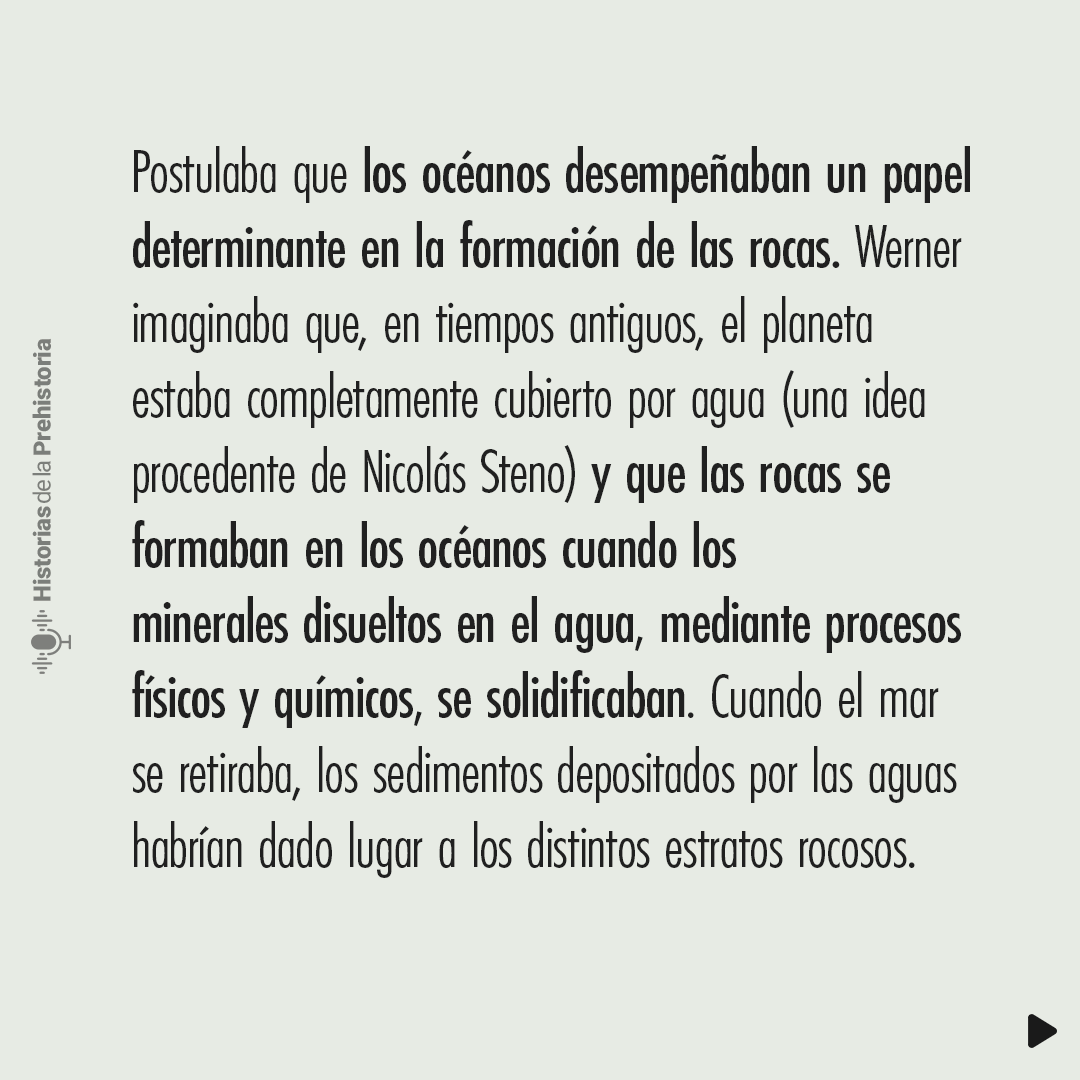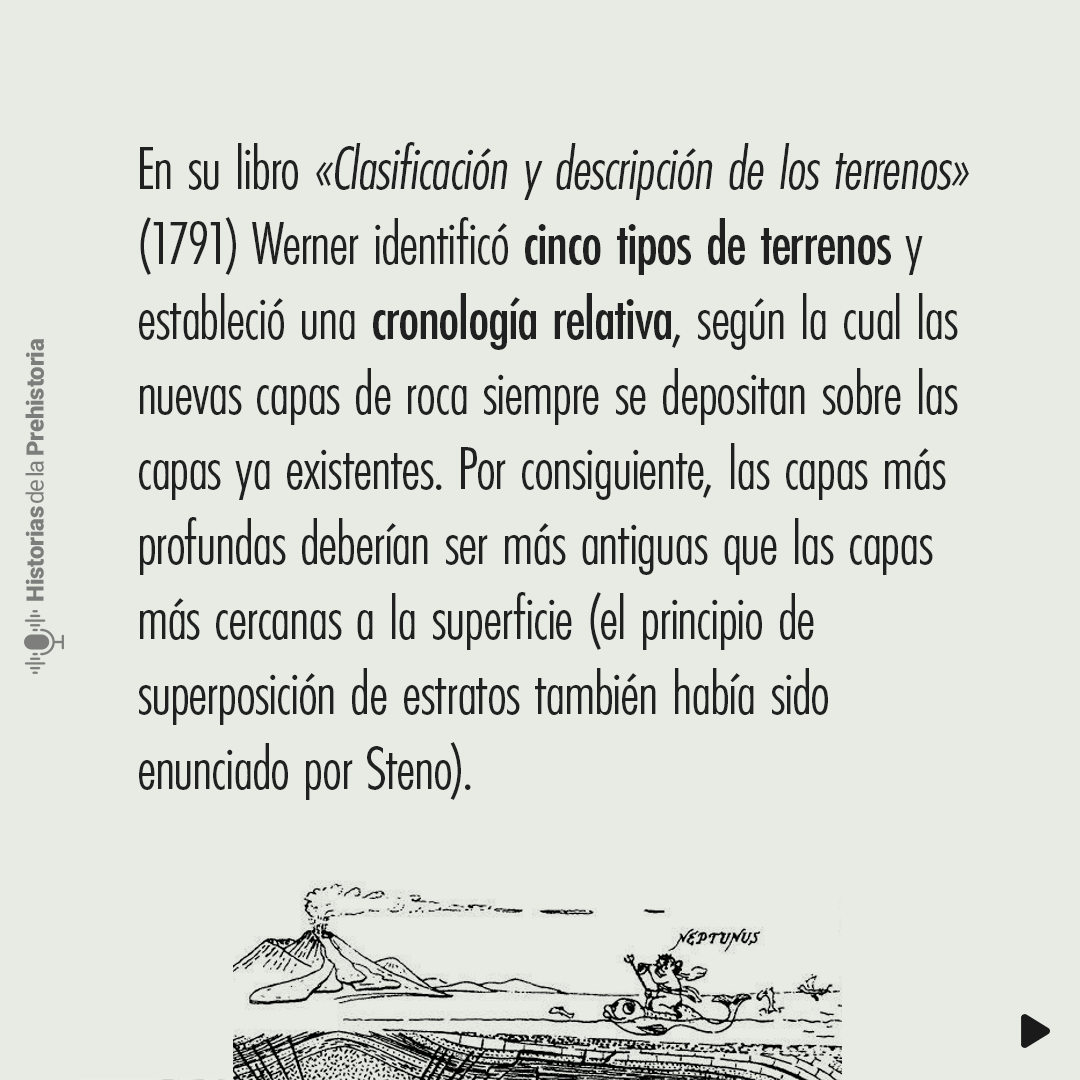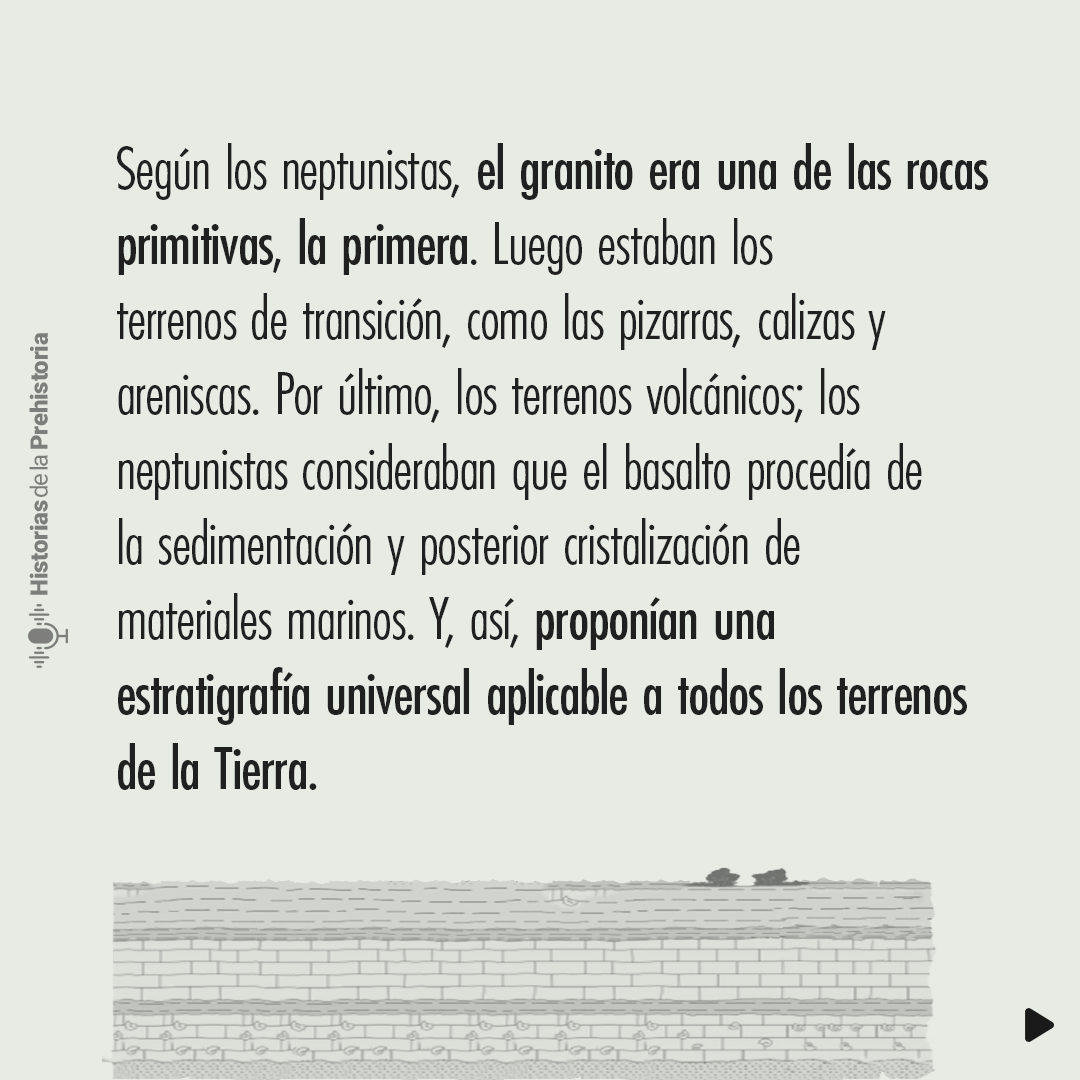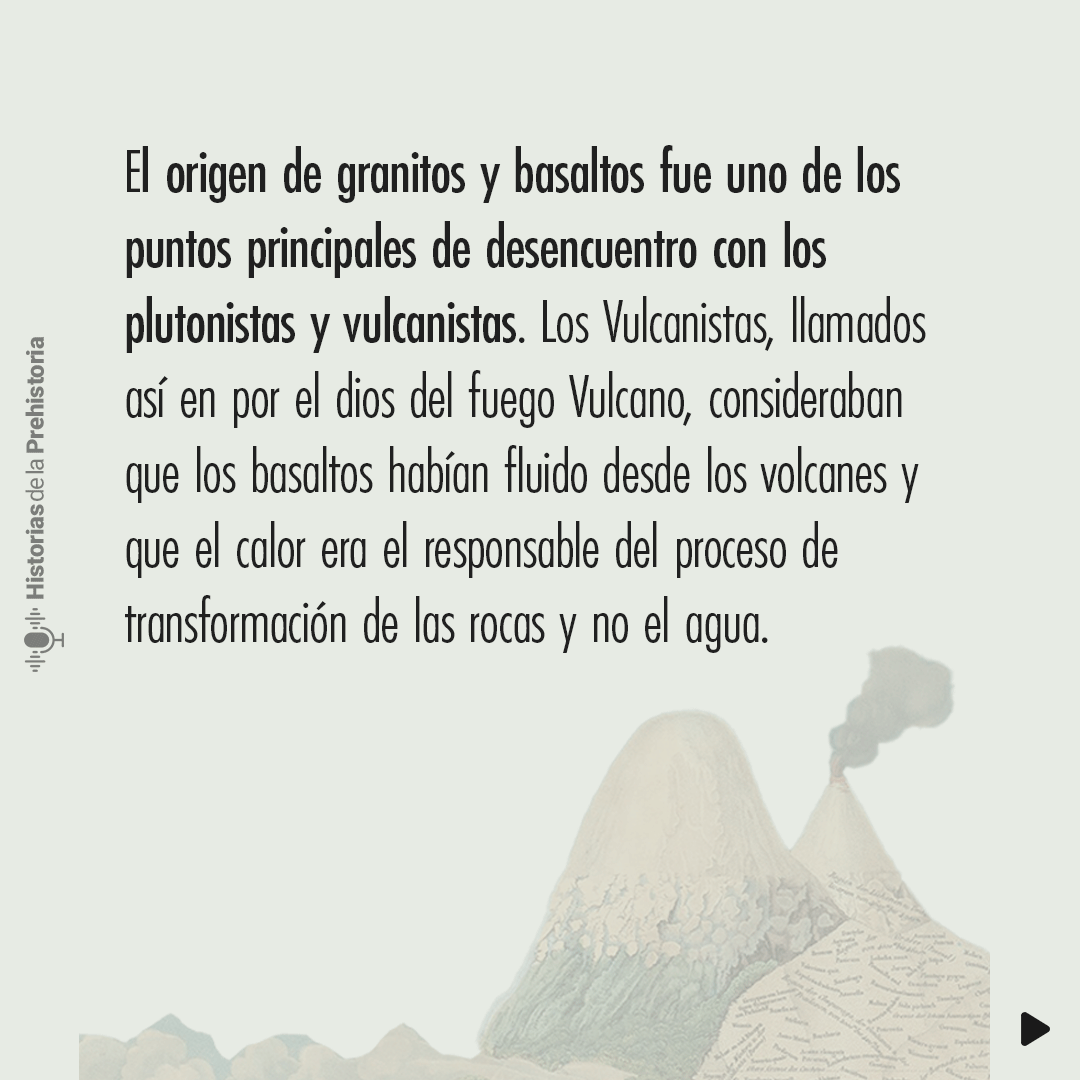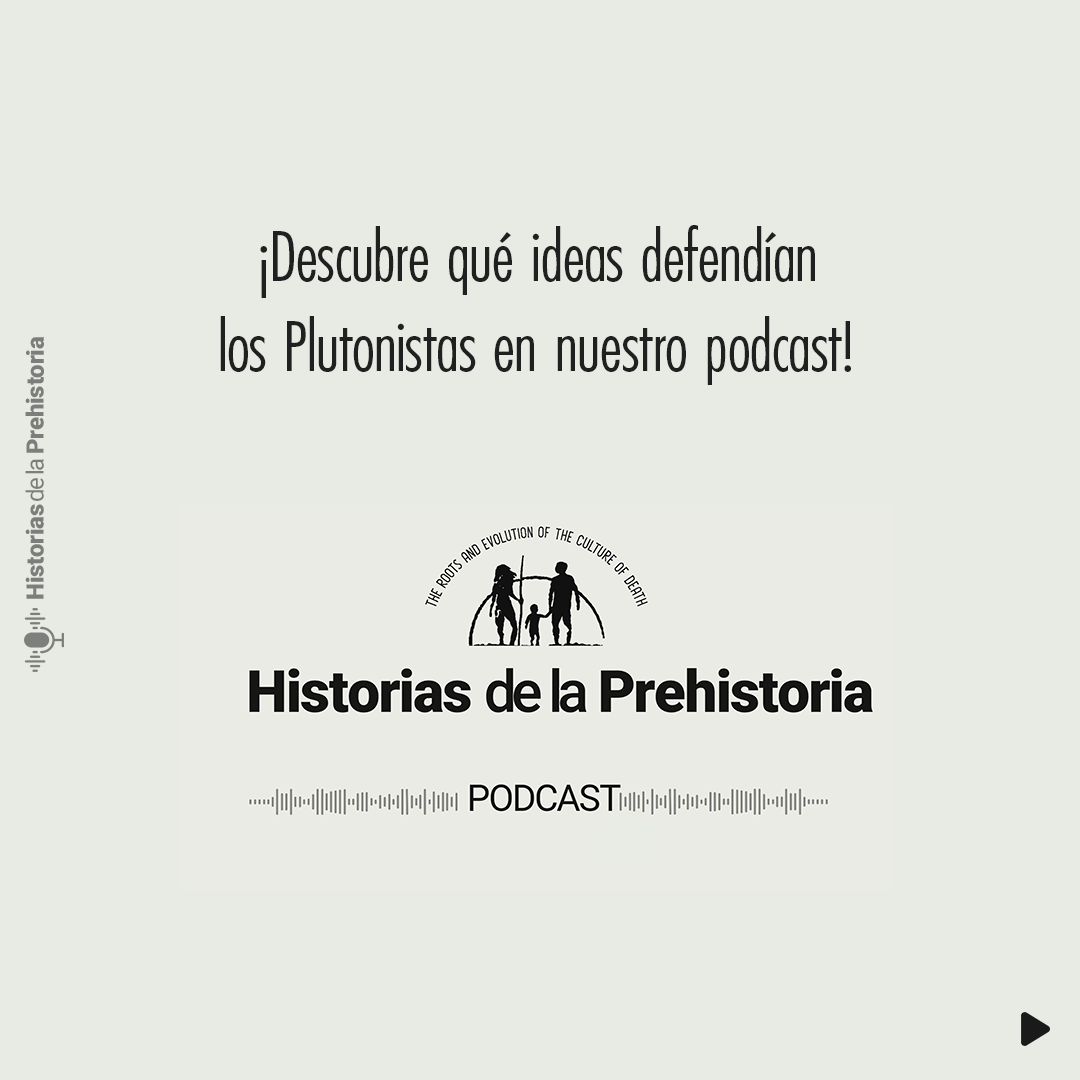HOLOTYPE: HOMO NEANDERTHALENSIS
A holotype is a physical specimen of an organism used when the species is first described.
In 1857 Professor Hermann Schaaffhausen published the analysis of the fossil remains rescued from a German quarry: the upper part of the cranium or calvaria, the ulnae, the femora, the radii, and fragments of the innominate bones, a scapula, a clavicle and some ribs. His conclusions were disconcerting, the morphology of the cranium was different from everything that was known at the time, particularly the strange morphology of his orbital torus.
In 1864, William King reviewed the morphology of the bones and proposed that it was a new species of humans that were named Homo neanderthalensis (man of the Neander Valley). Thus the Neandertals were born in the scientific literature.
The fossils of this specimen are known as Neandertal 1, and thus became the type specimen of this species.
MOUNT CARMEL
Mount Carmel is a limestone hill rising just over 500 meters above sea level on the Mediterranean coast of northern Israel, near Haifa. Its caves have provided valuable information, especially during excavations conducted between 1929 and 1934 by Dorothy Garrod in the Tabun and Skhul caves.
In Tabun cave, Garrod and her team unearthed a stratigraphic sequence spanning a wide chronological range. Among the most notable discoveries is the nearly complete skeleton of Tabun 1, assigned to an adult Neanderthal female with an estimated chronology of 120,000 years. She was found lying on her left side in a pit dug into the cave floor. It is considered one of the oldest Neanderthal burials in the fossil record. Tabun 2 is a mandible interpreted as belonging to a male individual.
Just a few meters from Tabun lies the cave of Skhul, where Garrod’s team found numerous pits excavated in the floor of the cave’s vestibule, containing 10 individuals, including adults and children, but with a crucial difference: they were not Neanderthals, but Homo sapiens. Although the individuals at Skhul shared geographic proximity and a similar archaeological context with those at Tabun, their anatomy marked a distinction.
These findings raise significant questions about the relationship between Neanderthals and Homo sapiens in the region, suggesting the potential for coexistence and interaction between the two species.
THE TAUNG CHILD
The fossil dubbed the Taung Child is the type specimen of its species, Australopithecus africanus. The skull exhibits a combination of human and ape-like traits and retains deciduous teeth, providing valuable information for estimating the approximate age at death, which was established between 3 and 4 years old. During fossilization, sediment saturated with calcium carbonate-rich water filled the skull, allowing for the preservation of a replica of the brain as it petrified. The marks present on the skull have been likened to those found on bones discovered in the nests of large raptors, such as eagles. This discovery suggests the possibility that the individual was captured by an eagle and taken to its nest for consumption.
If you find this content interesting, you can not miss our podcast “Historias de la Prehistoria“!
THE MISSING LINK
Once the theory of evolution is accepted, some people start looking for the ancestor of humans. Listen to our podcast “Historias de la Prehistoria” on Spotify to find out more about this “missing link”.
IT CHANGED EVERYTHING: CHARLES DARWIN
At just 22 years old, Charles Darwin embarked on a transformative journey that lasted nearly five years and took him to explore remote corners of the world. During the voyage, Darwin not only collected samples of native fauna and flora but also made crucial observations that would later inspire his theory of evolution. Along the Argentine coast, he unearthed fossils of extinct creatures such as the megatherium and the glyptodon, which led him to question the predominant theories of his time. Furthermore, his observations on the differences between species of rheas intrigued him and led him to reflect on the relationship between species and their environment. His courage and curiosity led him to explore still unknown regions, such as the Santa Cruz River and the channels of Tierra del Fuego, where he encountered cultures and landscapes that deeply impacted him.
During his stay on the Galápagos Islands, Darwin was fascinated by the diversity of species he found. He observed that tortoises, finches, and other creatures varied significantly from one island to another, sowing the seed of his idea about evolution and natural selection. These discoveries would play a crucial role in the subsequent development of his revolutionary theory.
Don’t miss out on the opportunity to learn about the origins of humanity: start listening to our podcast “Historias de la Prehistoria” today!
ROMAN COLUMN: CHARLES LYELL
Charles Lyell, considered the founder of modern geology, studied law at Oxford but, as he was passionate about the natural sciences, he also attended the lectures and field trips of geologist William Buckland.
Influenced by Hutton’s Theory of the Earth, he focused on actualism and was against catastrophism. In 1827 he decided to give up his law practice and devote himself entirely to geology. His idea was to publish a book with all the material he had been collecting. Finally, the book Principles of Geology was published in three volumes (1830, 1832 and 1833), was a success and became the most influential geological work of the 19th century. It laid the foundations of modern geology by establishing a system for studying the Earth’s geological past, based on the idea that the present is the key to the past. Its importance lies in the fact that it proposes a working method based on three principles: actualism, uniformitarianism and dynamic equilibrium. They could be summarised in that geological processes have always been the same and that slow but steady forces have a greater effect than fast and violent ones. Lyell respected Cuvier’s work, with whom he had a good relationship, although he strongly disagreed with his catastrophist theory.
He maintained a very good friendship with Darwin, whom he met in 1836, on his return from his voyage on the Beagle. He was very interested in the rock samples he had been collecting and in his articles on geology. They saw each other frequently, and later wrote to each other, to discuss scientific questions of interest to both of them. One of them was that of deep time, which each needed to fit their theories: uniformitarianism needed the Earth to be very old, and evolution too. For a time, the theory of evolution and natural selection were a source of disagreement between them. But in 1863 Lyell published “The Geological Evidence of the Antiquity of Man“, in which he accepted the theory of evolution with some reservations; the following year, in his second edition, he fully accepted it. And with his approval, the theory gained many followers.
If you are interested in geology, its different theories and, in general, the history of prehistory, we encourage you to listen to our podcast!
ORGANIZATION IN NATURE: CARL VON LINNEO
Have you ever wondered why scientists need to classify living organisms and who laid the foundation for the classification of living beings as we know it today?
In the third episode of our podcast “Historias de la Prehistoria” and in this new post, we talk about Carl von Linneo and the importance of his work in the organization of living beings.
Join our community and share your passion for the history of prehistory!
FOSSIL GUIDE: WILLIAM SMITH
Have you had the chance to listen to our podcast “Historias de la Prehistoria“?
If so, don´t miss the third episode which will be coming out tomorrow! Meanwhile, we invite you to go one step further and dive into the fascinating details of William Smith’s scientific contributions to geology.
If you have not been able to listen to it yet, don’t wait any longer and join the adventure. Find us on Spotify or keep reading this blog to discover more about William Smith and other exciting topics.
THE FIRST STONE: JAMES HUTTON
Which was the first stone? It might be the typical question of a curious child, but it is a question that changed 18th century ideas and our understanding of the world.
For the Neptunists, the answer was granite. They considered it to be the oldest stone, the first stone of creation.
However, James Hutton challenged this notion. Not only did he refute the idea of granite as the primordial stone, but he also found in rocks a window into the past. Observing rocky landscapes, he realised that the Earth had an ancient and dynamic history, where “we find no vestige of a beginning, no prospect of an end”.
How did he do it? What secrets do the rocks hold that led him to this revelation? Keep reading or listening to our podcast “Historias de la Prehistoria” to find our more!
NEPTUNIST - PLUTONIST
Are you one of those who, as a child, came back from a field day full of “treasures”? Collections of rocks with strange shapes or eye-catching colors have been our travel companions on more than one occasion. Have you ever stopped to think about the origin of these rocks?
This question has indeed been a fundamental question throughout the history of science. Rocks contain information about our planet. In fact, space missions to Mars or the Moon study rock samples to understand more about the universe.
These “treasures” of our childhood not only keep emotional memories, each of these rocks holds its own history. Throughout time, there have been several theories that have tried to answer the question of the origin of the rocks.
Listen to our podcast “Historias de la Prehistoria” on Spotify to find out more!
